|
My virtual plane recently flew me to the picturesque wine-growing region of the Russian River Valley in Sonoma County, CA. The Russian River Valley was granted AVA status (American Viticultural Area) in 1983 and is considered a premier region for cultivating cool- climate grapes. Chardonnay, Pinot Noir, and Zinfandel are the most planted vines here. Merlot, Cabernet Sauvignon, and Sauvignon Blanc follow. Within the valley, many established vineyards produce distinctively different wines from each other. Gary Farrell Winery is located in the heart of the Russian River Valley. It was while working with Russian River Valley vintners in the mid-1970s that winemaker Gary Farrell developed a reputation for producing elegant Pinot Noir and Chardonnay wines. In 1982 and under his own label, Gary produced his first Pinot Noir from grapes grown in the iconic Rochioli Vineyard and the adjacent Allen Vineyard. Gary and his winery became renowned for producing small-lot Pinot Noirs and Chardonnays in the Russian River Valley. He identified and secured grapes from only the best sites in this AVA. Gary built the winery in 2000, with a focus on his obsession for cleanliness, attention to detail, natural process flow, small tank fermentation, and top-flight French oak cooperage. Gary sold the winery in 2004, but to this day his legacy continues with collaborative partnerships with top growers and dedication to making wines that capture the essence and unique character of each distinctive vineyard. In 2012, winemaker Theresa Heredia joined Gary Farrell Winery. Her specialty is small-lot, single vineyard wines. Theresa said, “Coming to Gary Farrell was ideal for me with 36 different vineyards to work with. My primary goal is respect for the fruit and the vineyards.” She further stated, "I strongly believe in the Russian River Valley's capacity to consistently produce world-class wines. The key is cool breezes and fog from the nearby Pacific Ocean blanket." The Russian River Valley boasts a long, consistent growing season, allowing for a slow ripening process and good levels of acidity. In addition to the fog and cool breezes that relieve the summer heat, the 35-40 degree drop in temperature at night also contributes to the long growing season. Volcanic, sandstone and alluvial soils add to the aromas, vibrancy, intense flavor, and balance of the wines. With wine samples poured, Theresa walked us through a tasting of three Chardonnays and four Pinot Noirs representing seven different single vineyards. It was a stellar lineup of the 2017 vintage. Every wine shows the uniqueness and expression of their respective vineyards. Theresa said, “Vintage and site designation is the most important in making quality wine. We use gentle pressing and the use of light to medium toasted French oak barrels for all of our wines, allowing the fruit to shine through.” Theresa uses gentle, whole-cluster pressing, which produces a much finer and less bitter wine. Chardonnays Olivet Lane Vineyard Chardonnay This vineyard is exposed to regular fog, and is moderated by cool breezes, crisp nights, and well-drained loam, clay soils that create a perfect environment for this well-balanced Chardonnay with rich acidity and minerality. Fermentation and aging took place in 35% new French oak for nine months on its primary lees. Lovely aromas of pear, lemon, melon, and honeysuckle spill onto the palate. Vibrant acidity, hints of baking spice, lemon curd, and toasty notes add to the dimension of this wine, with honeysuckle lingering on the finish. Alcohol: 13.8% SRP: $45 Ritchie Vineyard Chardonnay The legendary Ritchie Vineyard sits on a northwest-facing hillside in the heart of the Russian River Valley and is regarded as one of the best Chardonnay sites in all of California. The soil profile is comprised of *Goldridge series sandy loam and volcanic ash deposits, which contributes to the wine’s intensity and expressive characteristics. Fermentation and aging took place in 35% new French oak for nine months on its primary lees. * ”The predominant soil type of the AVA is called Goldridge—a fine sandy loam covering about 60% of the area. The soil has a dark, yellowish, fine, sandy loam surface over a subsoil of golden yellow, sandy loam and fractured sandstone. It is derived from the remains of an ancient inland sea that slowly emptied into the Pacific three to five million years ago. It is particularly valuable for high-quality wine grape production because of its excellent drainage and low soil fertility. These characteristics allow it to be initially managed from a “low vigor” situation that may be readily customized with more water and/or nutrition, which directly contributes to wine quality”. Source: Paul Anamosa, Ph.D., Soil Science & Viticulture This is a vibrant and refreshing wine with aromas of citrus, tropical notes, and floral. The palate offers fruit-driven flavors of white stone fruit, lemon, pink grapefruit, nutty notes, and bright acidity. It has so much depth and character. Alcohol: 14.3% SRP: $60 Rochioli Vineyard Chardonnay The Rochioli Vineyard is a historic site that grows both Chardonnay and Pinot Noir. Fertile, gravely soils and warmer daytime temperatures in this vineyard contribute to the wine’s flavor and complexity. Fermentation and aging took place in 35% new French oak for nine months on its primary lees. Compared to the other Chardonnays that I tasted, this one has more citrus, fewer tropical notes, and more minerality. The palate is treated to juicy white stone fruit, lemon, white flowers, and toasted nuts. Crisp acidity and hints of baking spice add dimension to this beautifully textured wine. Alcohol: 13.5% SRP: $65 Pinot Noirs Bacigalupi Vineyard Pinot Noir
In 1964, the Bacigalupi family was among the first to plant Pinot Noir and Chardonnay in the area. In fact, their Chardonnay grapes became famous when they were used to make Chateau Montelena’s 1973 winning entry in the Paris Wine Tasting of 1976. The soil in this vineyard is gravelly sandy loam. Its unique climate features cool mornings and warm afternoons. This wine was aged for 15 months in 40% new French oak. Inviting aromas of cherry, red berries, and spice are mouth-watering. Ripe, juicy fruit greets the palate with dark cherry, raspberry, herbal notes, and a touch of tobacco. Beautifully balanced, soft, and quite engaging. Alcohol: 14.1% SRP: $65 Hallberg Vineyard Pinot Noir This vineyard is located in the Green Valley sub-appellation. The marine influence brings invigorating daytime breezes, followed by cool evening temperatures. The blend for this Pinot is a composition of many of the best blocks here, which produces fruit with deep, dark color and great structure. This wine was aged for 15 months in 40% new French oak. It has intoxicating aromas of floral, dark cherry, blackberry, and ripe strawberries. The palate is layered with earthy notes, dark cherry, spice, raspberry, and a hint of vanilla. This is a fresh and intense wine with soft tannins and a long finish. Alcohol: 13.8% SRP: $55 McDonald Mountain Vineyard Pinot Noir This vineyard is close to the border that divides the Russian River Valley from the Petaluma Gap. This is where the fog first arrives inland from the Pacific Ocean in the morning and where it burns off last in the afternoon. The vines are planted in one to four feet of Goldridge sandy loam underlain with clay. The climate and soil produce small, but flavor-packed clusters and berries that have lots of natural acidity. This wine was aged for 15 months in 40% new French oak. Seductive aromas and flavors abound in this complex yet light wine. Pomegranate, cranberry, strawberry, and earth fuse with hints of anise, pepper, cherry, and baking spice. Fruit and acidity meld together in this elegant and expressive wine. Alcohol: 13.3% SRP: $70 Martaella Vineyard Pinot Noir This vineyard is located in an area called Laguna de Santa Rosa, which is in the heart of the Russian River Valley. The climate is influenced by the fog that rolls in from the Pacific Ocean. It can cool the region down by as much as 40 degrees. High vine density planting exists here, much like that of Burgundy and the result is smaller berries and smaller clusters, which produce overall concentration and balance. This wine was aged for 15 months in 40% new French oak. Wonderful aromas of cherry, dark raspberry, blueberry, floral and herbal notes segue onto the palate. The wine is a dance of savory and sweet with firm tannins and good acidity. This is a beautifully structured Pinot Noir with deep fruit concentration. Theresa recommends decanting this wine. Alcohol: 13.2% SRP: $65 If you love Chardonnay and Pinot Noir, then you must indulge yourself in these wines. The grapes may be sourced from different vineyards, but the wines all share one thing in common, the purity of the fruit and simple elegance. Until next time… Cheers! Penina To leave a comment or if you have an inquiry, please contact me at [email protected] It is a New Year and with it brings new beginnings, new hopes, and the anticipation of being able to travel again. In the meantime, I am continuing my virtual journey to wine regions around the world. My visit today is to Castello di Fonterutoli located in the beautiful region of Tuscany in central Italy. Centered in the heart of the Chianti Classico zone, Castello di Fonterutoli’s property stretches across 1600 acres, with seven areas under vine for a total of 290 acres throughout three districts. These districts within the territory of Chianti Classico are Castellina in Chianti, Castelnuovo Berardenga, and Radda in Chianti. 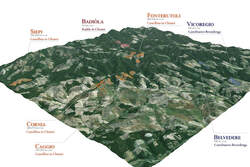 The Mazzei family dates back to the 11th century. They originally came from Florence where they made a living as coopers and artisans. The first documented reference to Chianti as a production region dates back to 1398 between Ser Lapo Mazzei, a notary and connoisseur of wine, and Francesco Datini, a merchant from Prato. In this document, authored by Ser Lapo Mazzei, he paid for six barrels of wine from Chianti. In 1435, Ser Lapo Mazzei’s granddaughter, Madonna Smeralda Mazzei, married Piero di Agnolo da Fonterutoli, and Castello di Fonterutoli became part of the Mazzei family’s estate. For the past 24 generations, the Mazzei family has been producing wines at Castello di Fonterutoli. The Sangiovese grape is the most planted grape variety in Italy, and Tuscany’s largest and best-known Sangiovese-dominant wine region is Chianti. Depending on where the grapes are grown, with climate and soil being a factor, Sangiovese can deliver a wine that is fruit-forward with bright acidity and high tannins or lean towards earthy with herbal notes. It runs the gamut of descriptions, but one of Sangiovese’s trademarks is its dark cherry flavor. Last month I attended a virtual tasting with Giovanni Mazzei who represents the 25th generation of this family-owned winery. He is the export director for Mazzei and the eldest son of Fillippo Mazzei who is one of the managing directors of the estate. Beginning with the 2017 harvest, the Mazzei family introduced a different perspective to express the biodiversity of their Sangiovese-based range of wines. Giovanni guided us through a tasting of the estate’s three Chianti Classico Gran Selezione wines from three different terroirs, with each wine exhibiting its own unique character. In addition, Giovanni shared a soon-to-be-released bottle of Siepi Toscana IGT 2018. Giovanni said, “For the last 50 years, we have been dedicated to research to better understand Sangiovese evolution. We have an articulated estate with so many differences from one location to another. The vineyards range from two meters above sea level to almost 600 meters with different terrain and different climates. You can’t have just one solution for everything. It is a massive puzzle! There is beautiful diversity in this region, with each district exhibiting its own characteristics. Our aim is to reflect the viticulture of the region.” As of 2014, Gran Selezione is a new classification above Riserva for Chianti Classico DOCG. A minimum of 80% Sangiovese estate-grown grapes is required. Grapes must be harvested only from the winery’s own vineyards along with upgraded requirements for alcohol, extract, and a minimum aging of 30 months. Giovanni said, “At the end of the day, the rules aren’t really making the wine. It is the winemakers and how they envision the wine and how it is expressed. Gran Selezione is the best of the best. The quality is phenomenal. Only 6% of Chianti Classico DOCG production has qualified so far for the Gran Selezione level. It is a game-changer!” All vineyard cultivation is entirely manual, including the grape harvest. Badiòla Chianti Classico Gran Selezione DOCG 2017 100% Sangiovese grapes were harvested from the estate’s highest altitude vineyards of 570 meters in the Chianti municipality of Radda. Soil is mainly a mix of Galestro (local lime marl) and sandstone. The average vine age is 16 years. The vines benefit from ventilating winds with lower temperatures than any other estate vineyard. The wine goes through natural fermentation, with no yeast added. It is aged for 24 months in French oak barrels from Burgundy (30% new) and then ages further in the bottle. This is a fresh and elegant wine with lovely aromas of fresh berries, cherry, and spice. The palate offers red fruit, cherry, plum, spice, chalk, and silky tannins. The wine is well integrated with a long finish of sour cherry, spice, and a hint of cocoa. Giovanni said, “I’m a big fan of this wine. It has complexity with austere character, typical from Radda.” Alcohol: 13.5% SRP: $99 Castello Fonterutoli Chianti Classico Gran Selezione DOCG 2017 This is the estate’s flagship wine made from a selection of 11 of the best vineyard plots surrounding the Fonterutoli hamlet in the Chianti municipality of Castellina. The age of vines is between 25 to 30 years. The altitude is 470 meters above sea level with rocky limestone, chalk, and rich skeleton texture. The wine was first produced in 1995 and is a forerunner for Gran Selezione. The 2017 vintage is the first vintage to use 100% Sangiovese. Each plot is individually vinified, and the wine is then aged in Burgundy and Bordeaux barrels for 25 months and then six months in concrete tanks before bottling. This is a wine with structure and elegance. Delicious aromas of wild berries, violet, lavender, cherry, and earth lead the way for an explosion of flavors on the palate. Cherry, dark fruit, vanilla, licorice, spice, and minerality blend with silky tannins. This wine is rich and crisp. Giovanni says, “It is an energetic wine. The juice gives a sense of purity. It is a pure Sangiovese”. Alcohol: 13.5% SRP: $74 Vicoregio 36 Chianti Classico Gran Selezione DOCG 2017 This wine is a blend of 36 different Sangiovese biotypes derived from fifty years of research. The biotypes are planted in a single vineyard at 350 meters above sea level on a sunny plateau of Castelnuovo Berardenga. Soil is clay-rich limestone and fossil matter. Thirty-six individual vinifications take place in French oak barrels, and then the wine is aged for 18 months in French oak barrels (50% new). This is followed by several months in concrete tanks. Seductive aromas of cherries, spice, and floral envelops the nose. The palate is layered with rich and expressive flavors of dark cherry, dark fruit, lavender, spice, herbs, pepper, and earth. Chewy tannins, with lingering spice and dark cherry, add to a long and delicious finish. This is a vibrant and complex wine. Giovanni says, “This wine is the heart beating from Vicoregio.” Alcohol: 13.5% SRP: $99 Siepi Toscana IGT 2018 There is an interesting story attached to this wine. The first vintage was in 1992. It is a 50/50 blend of Sangiovese and Merlot. According to Giovanni, the family fought over how to produce this wine. The older generation wanted it made with mostly Sangiovese, and the younger generation wanted it made with 100% Merlot. A compromise was made, and a 50/50 blend was produced. The grapes are sourced from 10 to 35- year-old vines in the Siepi vineyard that has belonged to the Mazzei family since 1435. The Mazzei family was one of the first producers to plant Merlot in Chianti Classico. Each variety goes through a gentle vinification. 70% of the wines are aged in new French barriques (Merlot: 18 months, Sangiovese: 16 months), and then they are blended and aged an additional four months in steel tanks. The wine is bottle-aged for four months before release. This wine opens with aromas of dark fruit, cherries, berries ,and subtle notes of spice, cocoa, and herbs. The palate is an infusion of delightful layers of dark cherry, dark berries, spice, hints of plum, vanilla, and toast. Silky tannins add to this rich and complex wine. Giovanni says, “This wine is very approachable and has great drinkability.” Alcohol: 14.5% SRP: $130 Although I was thousands of miles away from Tuscany, it was exciting to take a virtual trip through all of the vineyards with Giovanni. The character and uniqueness of each municipality were beautifully captured in each bottle of wine. For a brief moment in time, my palate enjoyed “traversing through the terroirs of Castello di Fonterutoli”. Until next time…
Cheers! Penina To leave a comment or if you have an inquiry, please contact me at [email protected] Without a doubt, this has been the most challenging year. I have lived on this planet long enough to have experienced many great years and some in-between years. Sadly, 2020 will stand out as the worst year for me, and unfortunately, many people from around the world share my thoughts. We are days away from ushering in 2021, and I can’t wait! My arms are open wide, and I look forward to embracing a new year and a great start to a positive future. I want to thank my dear family, friends, and readers for accompanying me on my virtual journey and exploration into the world of wine, spirits, food, and travel these past 12 months. Although there was no physical travel, I had the opportunity to taste lots of wine and spirits and meet with winemakers on Zoom, Instagram, and Facebook. Hopefully, travel will begin again soon! But in the meantime, I will be sharing new adventures and stories in an exciting year ahead! Have a safe, peaceful, healthy, and bubbly Happy New Year! Until next time… Cheers!
Penina Over the last few years, I have compiled an extensive list of dessert wines, after dinner sips and “cozy up to the fire” drinks. With 2020 taking its final bow, I thought it might be fun to recap a few pours I’ve reviewed in addition to introducing the latest entry on my list, Boulard Calvados VSOP. Simply put, Calvados is a brandy made from distilled fermented apple (or sometimes pear) cider. It is then aged in oak casks for a determined period. Production methods vary and strict rules may apply depending on the appellation and classification. Calvados is exclusively made in Normandy, France where some of Europe’s best apple and pear orchards abound. There are three main production zones, each with its own unique characteristics: Calvados Domfrontais, Calvados and Calvados Pays d’Auge. Pierre-August Boulard founded Maison Boulard in the late1820s and it is still owned by a fifth-generation descendant, Vincent Boulard. They have 150 acres of orchards and 35,000 apple trees in the Pays d’Auge, which is designated as the source for the finest apples in Normandy. Over 120 apple varieties from the 800 varieties grown in the Boulard orchards are selected for the production of Calvados Boulard. AOC Calvados Pays d’Auge maintains the highest quality source for fruit and production methods. Double-distillation is allowed in each region, but only Pays d’Auge is required to double-distill in a Charentais pot still (constructed from copper), the same type of still used for Cognac. Cider must be fermented a minimum of six weeks, and once distilled, aged a minimum of two years in oak casks. Boulard Calvados Pays d’Auge VSOP The cider for Boulard Calvados is double distilled in copper pot stills and then aged in seasoned oak casks for at least four years. Their VSOP is the culmination of blending different Calvados Pays d’Auge from four to ten years old. Once blended, this VSOP stays in casks for enough time to obtain a characteristic smoothness. The color is golden amber with heady aromas of tart apples, vanilla, spiced oak and slight astringency. Notes of cider, baked apples, vanilla, a touch of baking spice, nuts, and a hint of ginger lingers on the finish. This brandy is smooth and has a rich quality to it. Drink neat, over ice, or mix in a cocktail. Alcohol: 40%, 80 proof SRP: 200ml $14.99/750ml $45.99 Capezzana Vin Santo Riserva DOC 2011 This is a blend of 90% Trebbiano and 10% San Colombano. The grapes are dried through natural methods on cane matting from harvest through to the following February and then vinified in traditional small chestnut, maple and cherry casks. The wine is aged for five years and in bottle for a minimum of 3 months. Heady aromas of perfume, almonds and candied fruit spill onto the palate with added notes of fig, spice and orange zest. This is a sweet and decadent wine that pairs well with desserts and aged cheeses. Alcohol: 14.5% SRP: $55 Donnafugata Ben Ryé 2015 Passito de Pantelleria DOC This is a naturally sweet wine made with 100% Zibibbo grapes sourced from vineyards on Pantelleria Island off the coast of Sicily. The color is intense amber with seductive aromas of apricots, figs, raisins, floral and honey. All the aromas segue onto the palate offering a beautifully balanced wine with mineral notes and a hint of herbs. The combination of gentle sweetness and savory is perfection! This wine drinks beautifully as an aperitif or pair with cheese and dessert! Alcohol: 14.5% SRP: $40 for a 375ml bottle Camus Borderies X0 This is a single-estate Extra Old Cognac, aged in oak a minimum of 6.5 years. It is handcrafted from grape to bottle and produced in limited quantities. The grapes are harvested from the most prized vines in the Domaines Camus estate. This Cognac was first introduced in 2000. It is intensely aromatic with notes of violets, sherry and almonds that segue onto the palate. Hints of caramel, dried fruit and vanilla linger on the finish. The XO is rich, silky and truly decadent! When paired with dark chocolate, it is a sexy dance in the mouth! Cellar Master: Patrick Léger Alcohol: 40% SRP: $170 González Byass Nectar Dulce Pedro Ximénez DO Jerez Xérés Pedro Ximénez (PX) is an intensely sweet wine and is the sweetest of the sherry styles. The grapes are dried in the sun allowing the juices to concentrate before pressing. This is a rich wine that oozes raisins, nuts and fig. This sherry is 100% Pedro Ximénez. The wine is fortified to 15% alcohol and then enters the Nectar solera. It is followed by an average of eight years of aging in American oak casks. This dark brown colored sherry emanates intoxicating aromas of raisins, prune, fig and honey. The palate is rich and unctuous, with raisins, baking spice, and toasted notes of caramel, toffee and espresso. A long finish is accompanied by a hint of nuts. Enjoy it chilled as a dessert wine on its own or poured over ice cream or berries. Heavenly! Alcohol: 15% SRP: $25 Warre’s Otima 10 This is a ten-year-old tawny Port. It is a blend of traditional Portuguese grape varieties from the Douro Valley. The wine is matured for ten years in seasoned oak casks. It is between a ruby and amber color with delicate aromas of caramel, dried fruit and wood. The palate offers a nice balance of fruit and almonds with toffee, honey, toast and spice notes. This Port is smooth, beautifully balanced and full-bodied. Alcohol: 20% SRP: $26 Bottega SpA Gianduia Chocolate Cream Liqueur Gianduia chocolate was created in Piedmont, Italy, in 1806 and is noted for its unique bouquet of cocoa and nuts. This liqueur is made with Bottega’s premium Alexander grappa from the Veneto region and Gianduia Chocolate. Grappa is mixed with milk cream (sourced from Alpine cows that only eat grass) that is homogenized and filtered to remove the fats. It is then mixed with sugar, chocolate and hazelnut paste. Delicious aromas of cocoa and nuts segue onto the palate for a creamy and most inviting experience. Rich hazelnut flavors and cocoa contribute to this decadent liqueur that is best served cold. Drink it neat or poured over ice. It is also divine served over ice cream, with fruit, in a cocktail, or in your coffee. Alcohol: 17% SRP: $24.99 Disaronno Velvet Cream Liqueur Disaronno is a liqueur made in Italy. It has a very distinct aroma and delicious flavors of almonds called Armelline (the seeds of apricot stone), sweet fruit, Madagascar vanilla and pure caramelized sugar. Disaronno Velvet has all the familiar flavors of the classic version, but it is also creamy and smooth with a touch of chocolate and vanilla.
Alcohol: 17% SRP: $29.99 One doesn’t need a holiday or special occasion to enjoy these delicious treats, nor does one have to wait to share them. With countless people “sheltering in place” again, alone time seems to be a given for many. So, indulge in a glass of Chateau D’Yquem (my all-time favorite) or a snifter of brandy. Add a touch of sweetness to the end of your day or in-between! Until next time… Cheers! Penina To leave a comment or if you have an inquiry, please contact me at [email protected] “We’re embarking on a multi-generational adventure, exploring three of the best things in life: fathers, daughters, and wine.” Quote from fanddcellars.com The Fathers & Daughters Cellars represents three generations of fathers and daughters. The patriarch is Kurt Schoeneman, his daughter Sarah, Sarah’s husband Guy Pacurar, their daughter, Ella, and Guy’s older daughter, Taylor. The winery is located in Anderson Valley of the coastal region of Mendocino County in Northern California. Their story began in 1996 with Sarah Schoeneman helping her father Kurt Schoeneman research the perfect area to grow grapes. She found a parcel of land in the Anderson Valley, the Ferrington Vineyard, which was long neglected. Kurt, who was a builder, knew nothing about wine. So he wisely sought out the expertise of vineyard managers and winemakers in the industry while also taking courses in viticulture. With love and determination, the Ferrington Vineyard was restored and is today recognized for its premium quality grapes They have 72 acres under vine that include Pinot Noir, Sauvignon Blanc, Chardonnay and Gewürztraminer. The vineyard is especially noted for its signature fruit, Pinot Noir, in addition to a block of 40+ year-old Sauvignon Blanc vines. Most of the grapes for their wines are sourced from this vineyard. However, grapes for their rustic sparkling wine are sourced from Roederer’s Estate Vineyard. For many years F&D has sold their grapes to high-end labels without producing or bottling their own wine. However, that all changed with the first vintage for their own label in 2012. It also happened to be the birth year of Ella, Sarah and Guy’s daughter and the inspiration behind creating the label. Phil Baxter, a well-known and talented winemaker, was consulted about wine production. Not only did Phil oversee the production of their inaugural vintage of Ella’s Reserve Pinot Noir, he now oversees the winemaking for F&D’s successive vintages. To quote Guy regarding production, “Fathers & Daughters is a high-touch, small production family venture. You will find our fingerprints on every step of the process, from the harvest to the press, to the bottle. We produce all of our wines at Baxter Winery.” Here are three impressive wines that I received from Fathers & Daughters Cellars. Sarah’s Rustic Bubbles Sparkling Chardonnay 2018 The grapes for this 100% Chardonnay were sourced from the Roederer Estate. It is produced using the Pétillant-Naturel method (pét- nat), a very old technique for making natural wines. It is often referred to as Méthode Ancestrale, which predates the “traditional method”. Unlike traditional-method sparkling wines that go through two fermentations, Pétillant-Naturel goes through only one fermentation. The wine is allowed to ferment naturally in stainless steel barrels. When the sugar has dropped significantly, the wine is bottled, crown-capped and unfiltered to allow the yeast to complete fermentation in the bottle and under pressure. The result is an intense array of aromas, flavors, effervescence and yeast. F&D suggests serving the wine “deeply chilled”. And I suggest uncapping it gently over a sink with a wine glass close by. The foam that spews forth is both festive and quite aromatic! Apples, baked bread, floral and citrus tantalize the nose while the palate is entertained with a fine mousse texture and hints of lemon, apricot, tropical notes and a touch of minerality. Alcohol: 13.9% SRP: $21 Sauvignon Blanc 2019 The grapes for this wine were harvested from vines originally planted in the late 70s in the Ferrington Vineyard. Lovely aromas of floral, citrus and melon segue onto the palate with notes of ruby grapefruit, lime, sweet apple, a touch of minerality and herbs. This is a refreshing wine that blends sweet and savory with just the right amount of acidity. Alcohol: 12.8% SRP: $25 Ella’s Reserve Pinot Noir 2017 Twenty-five acres of Ferrington Vineyard is dedicated to multiple clones of Pinot Noir, the signature grape of this vineyard. The clones used for this wine are Pommard, known for its dark color, intense fruit and fragrant spice components and Waldenswil, known for its floral, spice and bright red fruit. The wine is aged 20 months in 25% once used and 75% neutral French oak barrels before bottling. This wine starts out with heady aromas of floral, baking spice, dark plum, berries and dark cherry. The palate offers juicy plum, strawberries, cherry, and a touch of toasted herbs rounded out with a dash of earth, nutmeg and minerality. It is vibrant, smooth, complex and beautifully balanced.
Alcohol: 13.8% SRP: $52 Fathers & Daughters has succeeded in bottling the very essence of Ferrington Vineyard and is obviously a labor of love! I look forward to tasting their other wines! Until next time… Cheers! Penina To leave a comment or if you have an inquiry, please contact me at [email protected] When I was attending college, my curriculum was mostly made up of science and math courses with a lot of time spent in labs. Unlike many of my classmates who did not share my enthusiasm, it was a treat for me to fill in my schedule with a few art, music and English classes. One of the highlights was a mythology course that almost changed the direction of my chosen path in life. I loved the stories about deities and their significance and influence in various cultures and history. So, one can imagine my delight when I was gifted a copy of The Mythology of Wine by Arthur George, a winemaker and mythologist. A book about wine and mythology? Yes! This is a well-written book that is only 160 pages but packed with fascinating information and quotes from religious writings to the classics such as Homer’s Iliad and Odyssey. The author covers the importance of wine in mythology, in ancient civilizations, religion, rituals, and how these mythical stories have influenced today’s wine culture. It is an engaging and quick read. Arthur George is a retired lawyer living in Santa Barbara County, California. As George states, “I’m following my bliss as a viticulturist and winemaker, with my own vineyard.” He is also a mythologist, cultural historian and author of three additional books. He gives lectures and writes posts about the mythology of wine. I asked Arthur what motivated him to write this book. He replied, “My reasons for writing this book were threefold. First, it combines two of my major interests, mythology and wine. I am a longtime wine enthusiast who has built up a body of knowledge about wine over the years, and recently became a viticulturist and winemaker (now on my 5th vintage), which really deepened my knowledge of the subject and has allowed me to appreciate and evaluate wines better. That, in turn, led me further into wine mythology and history. Second, being a cultural historian, I saw that most wine enthusiasts, as well as certified wine professionals, don't know much about how wine was the subject of so many myths in the cultures of the ancient world, and how they in turn ultimately influenced today's wine culture and culture in general. There is a gap in wine education as currently practiced; it just doesn't address the subject. I wrote the book in part to fill that gap. And third, for most people, this is a novel subject and is both interesting and fun to talk about. The information in the book makes for good conversations at dinner and at cocktail parties. For this purpose, I wanted to make the book not too long or technical and easy to read.” If you love reading about wine, history, mythology and religion, then pour yourself a glass of wine and read this book! I will end this story with a quote taken from Chapter Five, Concluding Thoughts (first paragraph, page 153) from The Mythology of Wine.
“In the modern age we no longer believe the old wine myths and legends, except in Judeo-Christian belief in regard to wine-related stories in the Bible. By and large our society now thinks of wine in secular terms, not as something divine. But our psyche which produced the wine myths that satisfied our psychological needs for so many centuries has remained the same. Both Dionysus and Christ are still within us, and they are crying out for us to experience them. This suggests that wine still should have a place in enriching our emotional and spiritual lives.” Until next time… Cheers! Penina To leave a comment or if you have an inquiry, please contact me at [email protected] I am on the virtual road again, this time visiting Viña Ventisquero Winery with seven prime vineyards located throughout many of Chile’s wine regions. Gonzalo Val, President of Agrosuper, one of Chile’s largest agro-industrial companies, owns the winery. Founded in 1998, Ventisquero was first established in the Maipo Valley, which is one of Chile’s most important wine-producing regions. Since then, Ventisquero has expanded and diversified its holdings to include vineyards in Casablanca, Colchagua and Leyda Valleys and the Atacama Desert. Felipe Tosso, head winemaker, along with winemakers Alejandro Galaz and John Duval make up an adventurous team that endeavors to explore, experiment and make an exception to the rule when producing wine. Their main quest is to preserve and honor the origins, the earth and its fruit. Above photos are courtesy of Ventisquero. From left to right: Felipe Tosso, Alejandro Galaz and John Duval Some of you might be asking, “What is a single block wine?” A vineyard is usually divided up into blocks/parcels. A single block wine is made from a single variety that is sourced from a single block within a single vineyard. I recently received four bottles of Ventisquero Grey Line Single Block wines for review. I asked Felipe Tosso what the motivation was behind making single block wines. He replied, “The main vision for creating single block wines was to add more value to the concept of "origins" and uniqueness of our vineyards. We found in our vineyards certain blocks with unique characteristics. We delimited and isolated these vineyards and created unique wines for our Grey Line, a commitment to terroir and a wine that is outstanding. Our main goal at Ventisquero is always to express the concept of origin and our Grey Single Block line is exactly the expression of Maipo, Colchagua and Atacama.” Grey Line Single Block Carménère 2017 This 100% Carménère is sourced from Block 5 of the Trinidad Vineyard in the Coastal Maipo Valley. The vineyard has atypical soil, sandy-clay in origin. The wine was aged for 18 months in extra fine-grain French oak barrels and then further aged in the bottle for eight months. Tantalizing aromas of dark fruit, dark raspberry, spice and earth make their way onto the palate. Notes of plum, black cherry, pepper and a hint of baking spice add to its complexity with lush dark fruit lingering on a long finish. This is an elegant wine that is beautifully balanced with smooth tannins and fresh acidity. Pair with grilled meat, game, hearty stews and seared tuna. Alcohol: 13.5% SRP: $24 Grey Line Single Block Pinot Noir 2017 This wine is 100% Pinot Noir. Grapes are sourced from Block 22 in the Las Terrazas vineyard located only four miles from the Pacific Ocean in the Leyda Valley. The soil here is a combination of granite, red clay and granite rock. A maritime influence contributes to minerality in the wines. It is aged for 12 months in French oak barrels. Subtle floral aromas mix with red berries, sweet spice and sour cherry. The palate offers juicy plum, black raspberry, spice and mineral notes. Excellent acidity and soft tannins make this a very food-friendly wine. Enjoy with seafood, pasta, fowl, salads and cheese. Alcohol: 13.5% SRP: $24 Grey Line Single Block Cabernet Sauvignon 2014 This is a blend of 93% Cabernet Sauvignon, 4% Petit Verdot and 3% Cabernet Franc sourced from Block 38 in the Trinidad Vineyard of the Maipo Valley. Cool climate and granite soils contribute to this expressive wine. It was aged for 18 months in extra fine-grain French oak barrels. Delectable aromas of red fruit, dark berries, spice, earth and a hint of tobacco set the stage for this impressive wine. Intense flavors of red plum, red berries, spice, pepper and a touch of floral add to the character of this wine. It is nicely balanced with silky tannins and good acidity. Serve with aged cheese, grilled meat and hearty stews. Alcohol: 13.5% SRP: $24 Grey Line Single Block Garnacha Cariñena Mataro (GCM) 2017 Grapes for this wine were sourced from Block 28 in the La Roblería, Vineyard in Apalta sub-region of Colchagua Valley. The vineyard is a short distance from the River Tinguiririca, and benefits from the mesoclimate and stony-sandy, red clay soils. This typical Mediterranean-style blend is 62% Garnacha, 19% Cariñena and 19% Mataro. It is the only red wine blend in the Grey Line. The wine is aged in extra fine-grain French oak barrels for six months, followed by a minimum of one month in the bottle. Aromas of fresh red fruit, savory notes, strawberry, sour cherry and spice segue onto the palate with plum, red berries, herbs, spice and tobacco. A touch of minerality blends nicely with the acidity and smooth tannins, adding to the wine’s complexity. This wine was not filtered or clarified, so natural sediment may appear over time. The winemaker recommends decanting this wine for 30 minutes prior to serving. Enjoy as an aperitif or with aged cheese, grilled meat, chicken, or seared tuna.
Alcohol: 14% SRP: $24 The talented winemakers of Ventisquero have successfully bottled the Chilean terroir! These are expressive wines that capture the essence of the various vineyards and blocks they represent. I asked Felipe what goals in winemaking he might still be looking to achieve. Felipe said, “This December marks 20 years for me working at Ventisquero, a very important milestone in my career as a Winemaker. Throughout these 20 years, the winery has given me the liberty and the chance to experiment, propose, and create amazing wines. I am quite lucky for that. Having the chance to plant in terroirs so special and different such as the Atacama Desert, for example for TARA Wines, and in the altitudes of Apalta, passing through Maipo Valley, Leyda and Casablanca. Working with one of the most talented winemakers in the world, and my friend, John Duval, has been a great achievement and an amazing adventure for me. I think I have achieved all of my goals as a winemaker. For my years to come, I wish to keep making wines, which reflect our diverse and wonderful Chilean terroir in each and every bottle. My approach to winemaking will always be to reflect the places where these grapes were born.” Until next time… Cheers! Penina To leave a comment or if you have an inquiry, please contact me at [email protected] Leave it to the third-generation Pasqua brothers to add a bit of wry humor and elegance to a bottle of wine. Always thinking outside the box and tending to break the rules when it comes to wine production, they recently introduced a new wine to their portfolio. Pasqua Vigneti é Cantine is a family-run business located in Verona in northeast Italy’s Veneto region. They have complete control over 741 acres of vineyards (1/3 is estate-owned) that spread from Lake Garda to Soave. (To read more about the winery, please refer to the menu on the right-hand side of this page.) Pasqua’s newest wine is called “HEY FRENCH, 1st Edition”. The inscription on the front label reads, “You could have done this but you didn’t.” The label is a nod to the French regions and winemakers that inspire the brothers. It is meant to be “gentle humor” and Alessandro Pasqua said, “Luckily there are many who enjoy a good joke! The first account to take this wine was a Michelin-starred French restaurant!” Although the label is a little lost on me, the wine itself is serious and captivating! This “First Edition” is a Super-Bianco blend of four vintages, 2013, 2015, 2016 and 2017, the best four vintages of the last decade for the winery. Each vintage is a blend of 60% Garganega rounded out by Pinot Bianco and Sauvignon Blanc. The grapes are sourced from several parcels of a 4.5-hectare vineyard located on the Veronese side of Monte Calvarina in the easternmost section of Soave Classico. The vineyard reaches 600 meters above sea level, providing fresh and breezy summers and large temperature swings during the ripening period. Soil is of volcanic origin and provides the mineral expression and potential for long-lived wines. Each vintage went through the same vinification and aging process. All the wine was aged for six months in French oak tonneaux. (large barrels) The wine was then placed in steel tanks for further refinement Pasqua ‘Hey French’ Bianco Veneto IGT The color of this wine is golden yellow with soft aromas of floral, honeysuckle, minerality and a hint of nuts. Notes of floral, citrus, melon, pear and peach integrate nicely with minerality and acidity on the palate. This wine is complex and well structured, giving ample expression of the terroir. Alcohol: 13.5% SRP: $40 Enjoy as an aperitif or pair with seafood, light casseroles and vegetarian cuisine. I made a delicious Roasted Tomato and White Bean Stew with Escarole that paired beautifully with this wine! To the third-generation family members, I say, “Hey Pasqua brothers, you could have, you should have, and you did!”
Until next time… Cheers! Penina To leave a comment or if you have an inquiry, please contact me at [email protected] In my home, one doesn’t need a special occasion or excuse to pop open a bottle of sparkling wine. And these days, the gentle sound of a cork being coaxed from a bottle of bubbly, is music to my ears! With the holidays upon us, having a few bottles of sparkling wine on hand will most certainly add a little sparkle to the festivities! And I highly endorse those occasional “just because” moments as well! Here are a few suggestions of sparkling wines from around the world ranging in price from $11 to $54.99 Casas del Mar Blanc de Blancs NV Cava Brut This Cava is produced by Casas del Mar estate located in Catalonia, Spain. It is a blend of 40% Xarello (from 70-year-old vines, 30% Macabeu and 30% Parallada. Grapes are harvested from the Penedès appellation in the Catalonia region. It is made using the Méthode Traditionnelle, the same method used in the Champagne district of France, where the second fermentation takes place in the bottle. This Cava is aged on the lees between 18 & 24 months before disgorgement. Nose: Apples, citrus and pleasant yeast aromas Palate: White stone fruit, melon, floral, and a touch of spice Alcohol: 12% SRP: $11 Roscato Rosso Dolce IGT This is a delicately sweet and refreshing wine from the Lombardy region in northern Italy and is produced in the Moscato d’Asti style. It is a blend of three indigenous grapes, Croatina, Teroldego and Lagrein, in addition to a few international grapes. Each variety is vinified separately before blending. It has a screw cap, no cork to pop, but it is still a festive wine to pour! Nose: Dark berries, cherry, red raspberry Palate: This wine is frizzante (gently sparkling wine) with notes of berries and has a nice balance between sweetness and acidity. Not only will it complement desserts, but this wine will also pair beautifully with spicy cuisine! Serve chilled. Alcohol: 7% SRP: $12.99 Domaine Bousquet Sparkling Rosé Brut NV The grapes for this rosé are harvested from vineyards in Tupungato, Alto Gualtallary in Argentina at the foothills of the Andes at 4000 ft. altitude. It is a blend of (organic) 75% Pinot Noir and 25% Chardonnay and made using the Charmat Method. Nose: Cherry, red berries, citrus, a touch of floral Palate: Strawberry, ruby grapefruit, red berries, delicate bubbles. Alcohol: 12.5% SRP: $13 Paul Cheneau Lady of Spain Cava Brut NV Giró Ribot is the producer of this wine located in the heart of the Penedès appellation in Catalonia, Spain. They own 247 acres of vineyards of the indigenous Macabeo, Xarel·lo and Parellada grapes, with which Cavas are produced. This wine is made using the Méthode Traditionnelle and is a blend of 45% Macabeo, 40% Xarel·lo and 15% Parellada. It is bottle aged for 12-15 months. Nose: Citrus, light peach, brioche Palate: Dry, fine and persistent bubbles, fresh fruit, stone fruit. Nicely balanced between acidity and alcohol with a long finish. This is an eye-catching bottle that doesn’t disappoint when opened. Alcohol: 12% SRP: $14.99 Côté Mas Crémant de Limoux Brut NV This sparkling wine is produced by Domaines Paul Mas located in the southern French region of Languedoc. The grapes for this wine are sourced from Crémant de Limoux appellation. It is a blend of 60% Chardonnay, 20% Chenin Blanc, 10% Pinot Noir, and 10% Mauzac. It is produced using the Méthode Traditionnelle. After primary fermentation, the “Liqueur de Tirage,” a blend of sugar and yeast, is added to the juice a few hours before bottling. After one year of aging, the lees are expelled and the “Liqueur de Dosage” is added and aged an additional twelve months. Nose: Apples, peaches, melon, honeysuckle Palate: Citrus, candied lemon, tart apple and crisp acidity with a touch of citrus zest on the finish. Alcohol: 12% SRP: $’’19.99 Bottega Gold Prosecco DOC NV This wine is produced by Bottega SpA, headquartered in Treviso in the Veneto region of northern Italy. 100% Glera grapes are hand-harvested from manually maintained and sustainable vineyards in Treviso Plains. It is produced using the Martinotti (Charmat, tank) method. “The gilded bottle also protects the wine from light, preserving the wine's clean and refreshing aromas.” Nose: Floral, apples and citrus Palate: Pear, apple, pink grapefruit, floral. Creamy mouthfeel, fine and persistent perlage with apples and a touch of honey lingering on the finish. Alcohol: 11% SRP: $32.99 Champagne Boizel Brut Réserve NV This Brut Réserve is produced by the Boizel House, established in 1834 and located in Épernay, in the heart of Champagne. The grapes for this cuvée is a blend of 55% Pinot Noir, 30% Chardonnay and 15% Pinot Meunier. “The still wines (vins clairs) from the year are blended with 30% of reserve wines kept from the previous two harvests, ensuring consistency. By using reserve wines within two vintages only, Boizel is able to preserve freshness in their wines, a signature trait of their winemaking style. “ The wine is aged for three years on its lees, in the bottle. Nose: Floral, white stone fruit, citrus and pastry Palate: Peach, apricot, toast, citrus notes, minerality, nice acidity and persistent mousse. Alcohol: 12% SRP: $49.99 Champagne Vollereaux Rosé de Saignée Brut NV Champagne Vollereaux produces this 100% Pinot Noir rosé. They are a sixth generation family winery located in Pierry, France. “Vollereaux is one of the very few champagne wineries to use the traditional saigne method of maceration for its Rosé Champagne, which involves bleeding off a portion of pink juice during red wine production (as opposed to blending red and white wine together). This process occurs after a short contact with the grape skins and seeds.” The juice spends three years on lees, more than twice the time required by appellation rules. Nose: Strawberry and juicy red berries, vanilla and bread dough.
Palate: Strawberry, kirsch and citrus mingle with berries and cream. It is dry with fine bubbles, vibrant acidity and a hint of brioche and minerality that linger on a long finish. Alcohol: 12% SRP: $54.99 Pair the above wines with your favorite cheese, desserts, and holiday meals, or enjoy as an aperitif. And if you are stuck on what to give the 21+ drinkers on your “holiday/birthday/just because” list, these wines make beautiful gifts! If you would like more information on the regions and wine production methods, please visit the menu on the right and click on the category of interest. Until next time… Cheers! Penina To leave a comment or if you have an inquiry, please contact me at [email protected] The holidays are almost upon us, and many will be celebrating either alone or with immediate family. But that’s no reason to curb the festivities. In fact, this year, more than ever, it is important to embrace our traditions and be thankful for family and friends that are still with us. In addition to sparkling wines, which I will be talking about in the next week or so, here are a few light still wine suggestions for your holiday table. These versatile and food-friendly wines will pair nicely with poultry, fish, vegetarian cuisine and latkes! Cavit Pinot Noir IGT 2018 The grapes for this 100% Pinot Noir come from the vineyards of Provincia di Pavia in the Lombardy region of Italy. After fermentation, the wine rests on its lees in large oak barrels until release. Aromas of floral, cherry and cranberry segue onto the palate with dark cherry notes, red berries and a hint of spice. This is a well-structured wine with silky tannins and a long finish. Serve as an aperitif or with your favorite meal! Alcohol: 12% SRP: $9.99 Nik Weis St. Urbans-Hof Wiltinger Kabinett Riesling 2018 Wiltinger is a village located in the Saar valley of Germany. The vineyard is on a site called Schlangengraben. It is noted for its reddish slate soil, a color that is derived from the iron content that adds minerality and spice to the wines. The vineyard was planted in 1905 and is one of the oldest in the entire Mosel region. These old vines have deep roots and produce small berries that create intense, lively, aromatic and complex wines. This wine has a VDP Ortswein classification, meaning that it comes from a village’s best vineyards. Intoxicating aromas of floral, stone fruit, spice and a touch of smokiness set the stage for this succulent wine. The palate offers peach, apricot, pear, spice and slate minerality blended with crisp acidity. It has depth and structure with a restrained residual sweetness. Serve as an aperitif or with fish, Asian cuisine and white meat. Alcohol: 9% SRP: $19.99 Mandrarossa Costadune Frappato Terre Siciliane IGT 2017 According to Wines of Sicily, “Frappato is believed to have its origins in the Ragusa province of Sicily around 300 years ago. It is characterized as a light and refreshing wine. Nose: full bouquet, cherry Palate: mild tannins violet, strawberries.” Grapes for this 100% Frappato wine were sourced from vineyards at 820 ft. above sea level in Menfi, southwest Sicily. The wine matures for eight months in steel vats. Lush red fruit aromas, floral and spice set the stage for this light-bodied wine. The palate offers a juicy array of cherries, strawberry, a hint of red plum, sweet spice and a touch of sour cherry that lingers on the finish. It is beautifully balanced between sweet and savory and ideal for a variety of food pairings. Try serving it slightly chilled. Alcohol: 13% SRP: $17.99 Pfaffl Grüner Veltliner Weinviertel DAC Zeisen, 2018 Austria’s most significant and indigenous white grape variety is Grüner Veltliner. This dry wine is known for its vibrant acidity and flavors of pepper and citrus. The grapes for this 100% Grüner Veltliner are harvested from 43-year-old vines located in the Weinviertel appellation of Austria. The wines are bottled after spending four months in stainless steel tanks. As per Austrian Wine, ““DAC” stands for “Districtus Austriae Controllatus” and is the legal abbreviation for special region-typical quality wines. Thus, if a label states the winegrowing region followed by the letter combination DAC, we are talking about a region-typical quality wine.” Citrus, herbs, spice and pepper delight the nose. This is a very crisp and juicy wine with flavors of key lime, pepper, spice, herbs, a touch of minerality and a zingy and peppery finish. It is a refreshing wine and will leave your palate craving for another sip. Serve as an aperitif or pair with poultry, smoked salmon and oysters. Alcohol: 13% SRP: $18.99 Saget La Perrière “La Perrière” Sancerre 2019 Sancerre is a small wine appellation in the Loire Valley wine region of France. It is famous for its production of white wines made from Sauvignon Blanc. As cited by Loire Valley Wines, “Centre-Loire region is at the center of France. It is the original home of Sauvignon Blanc and of Sancerre, the world’s most prestigious Sauvignon Blanc wine that sets international standards for the grape.” This 100% Sauvignon Blanc is sourced from vineyards in the Centre-Loire region. The wine is aged on fine lees for three to four months, then bottled and aged for at least five months in the cellar. Lovely aromas of white stone fruit and floral mingle with citrus and a touch of minerality. The palate is lush, rich and creamy with added notes of melon, lemon, pink grapefruit, pear, a hint of herbs and a flinty finish. It is a beautiful marriage of flavors and vibrant acidity. Drink as an aperitif or pair with fish, poultry, seafood and appetizers.
Alcohol: 13.5% SRP: $39.99 The above wines are meant to be enjoyed all year round. Indulge your palate and have fun mixing and matching with your favorite food pairings. Until next time… Cheers! Penina To leave a comment or if you have an inquiry, please contact me at [email protected] |
Categories
All
|

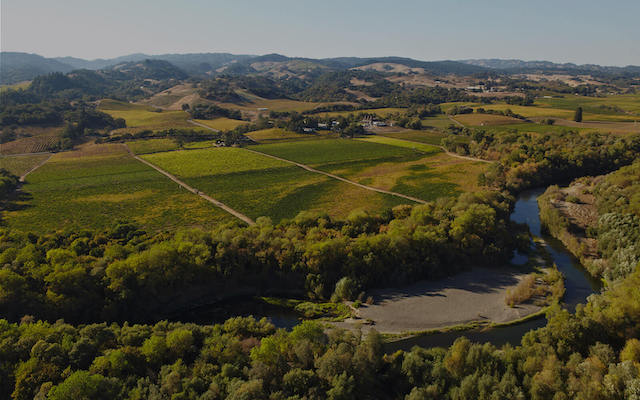
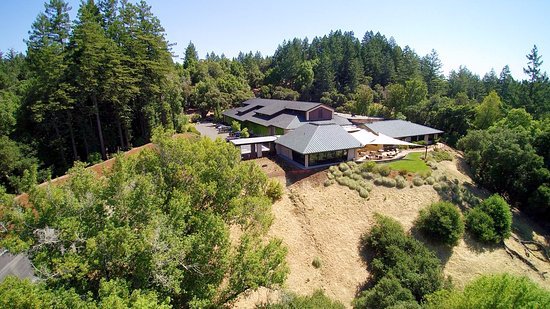
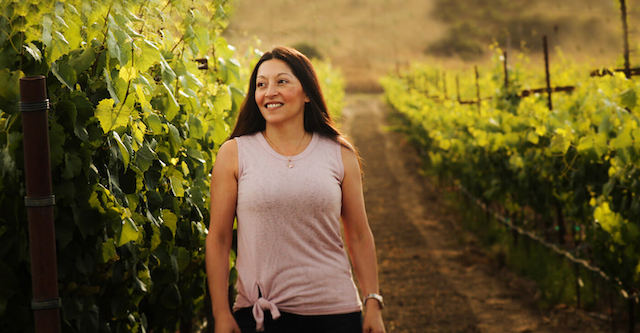
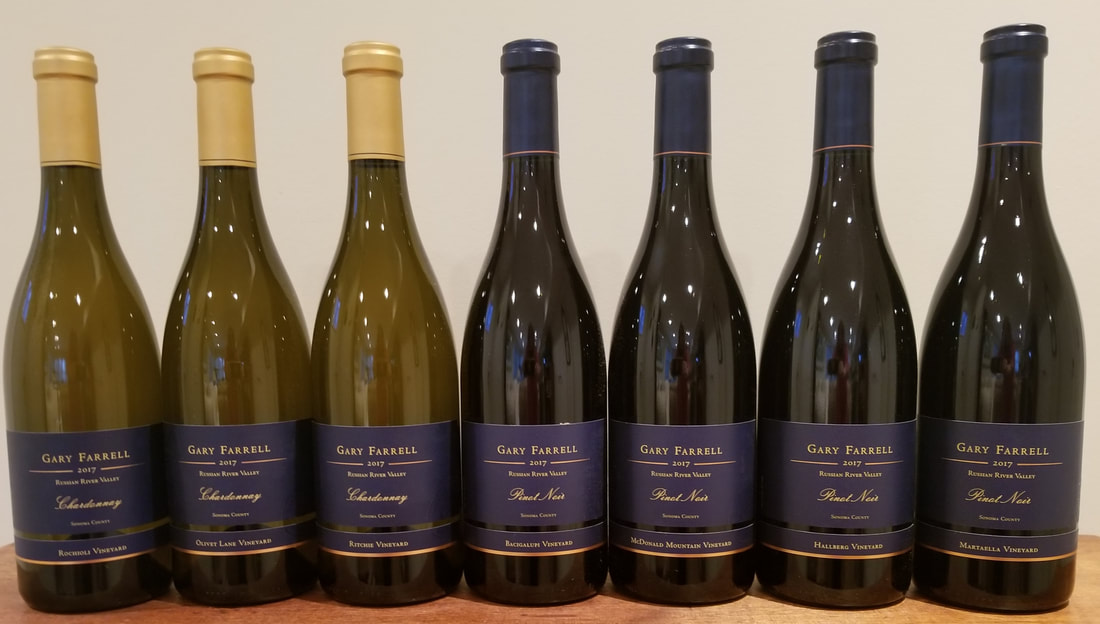
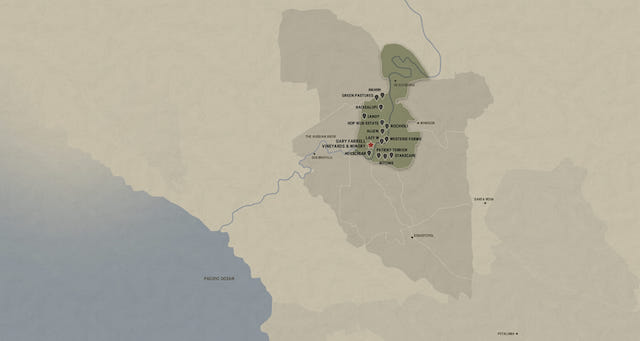
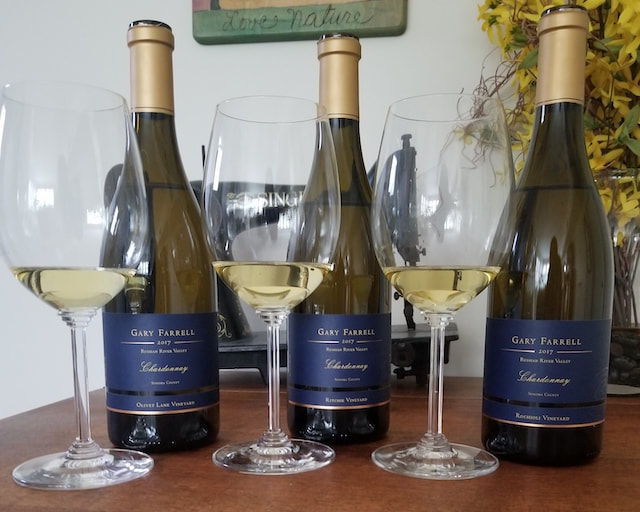
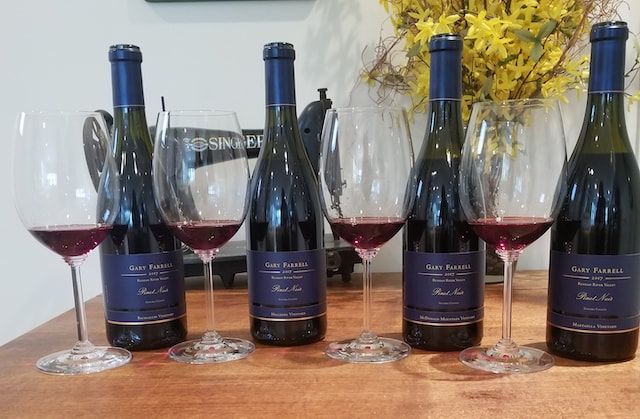
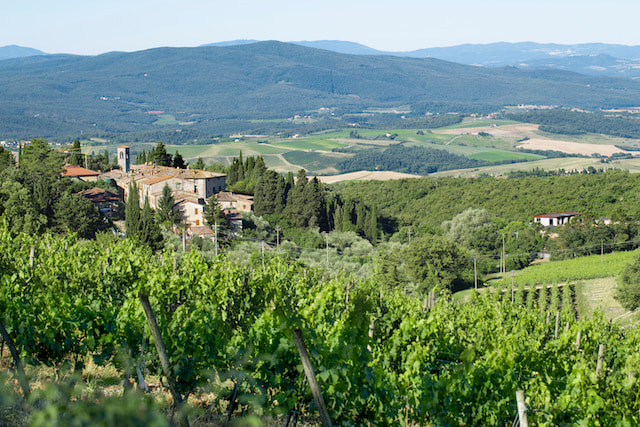
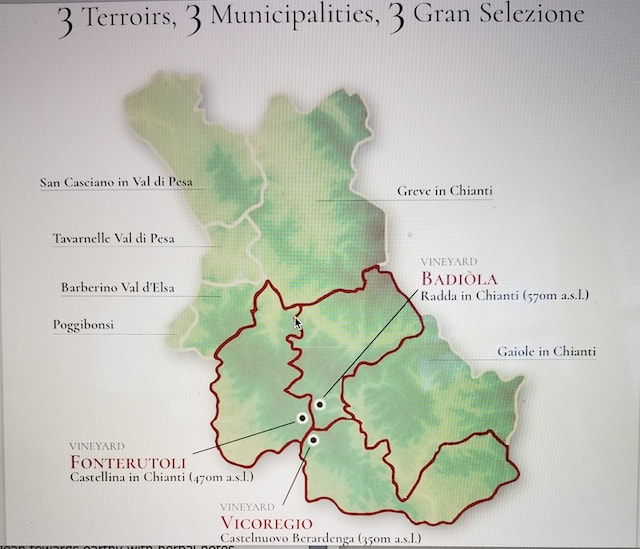
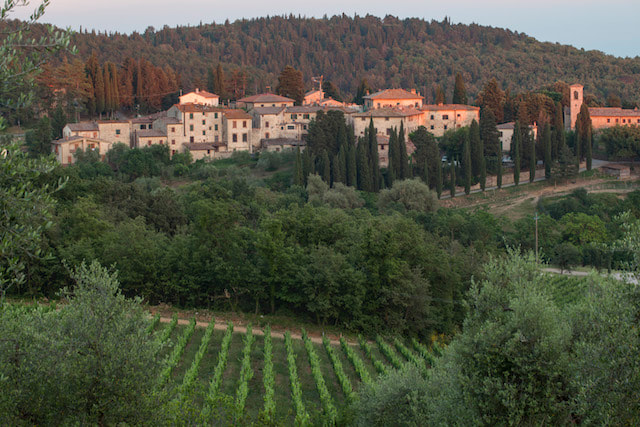
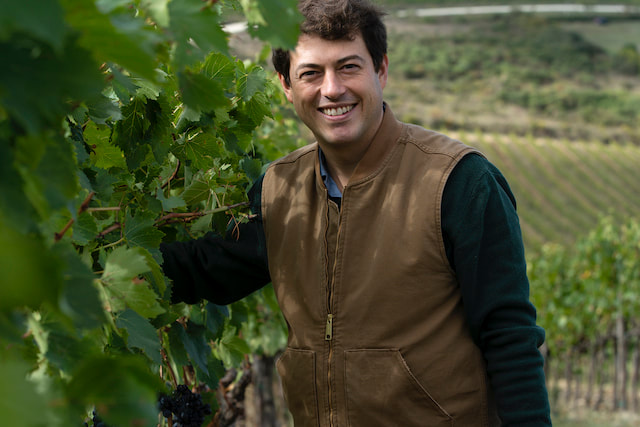
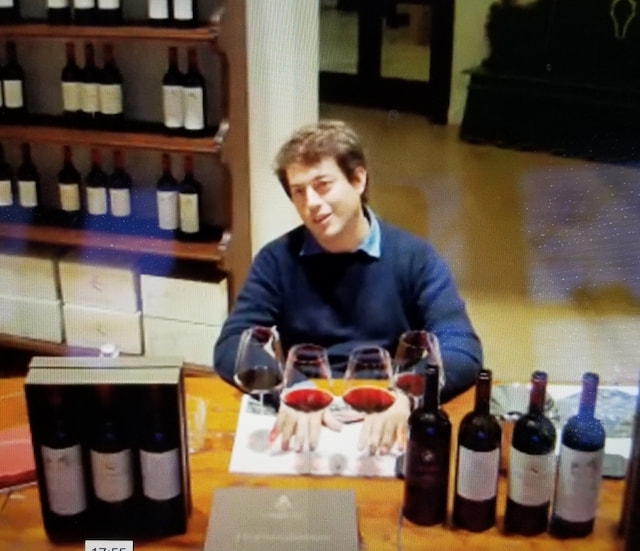
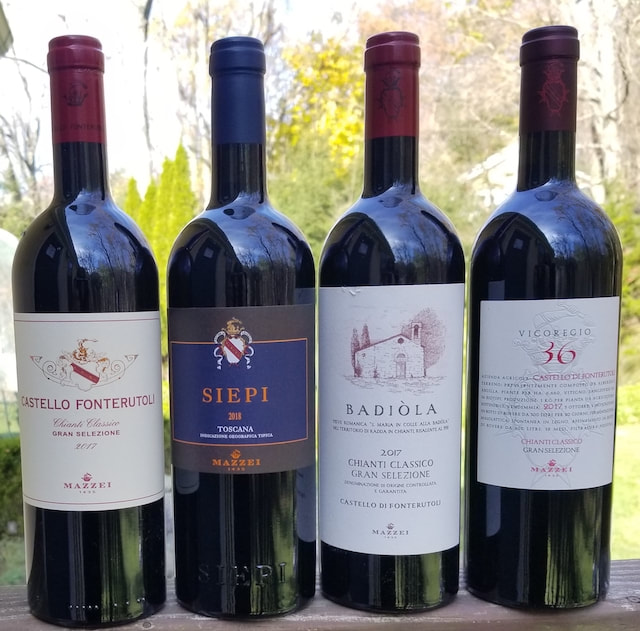
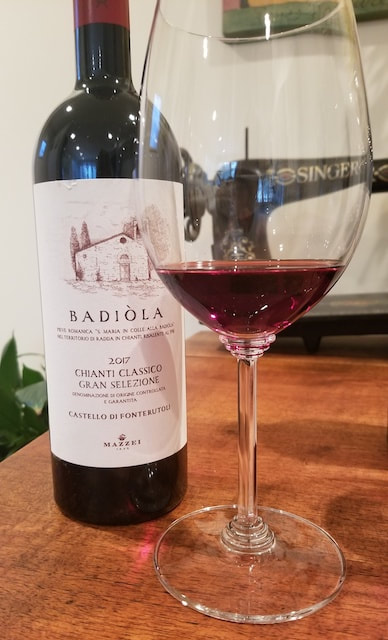
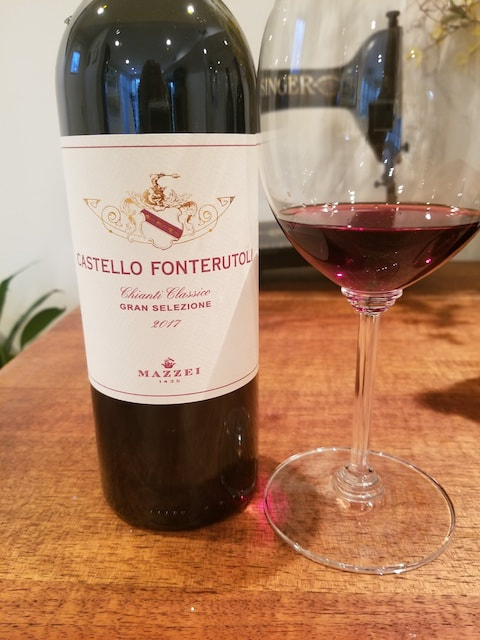
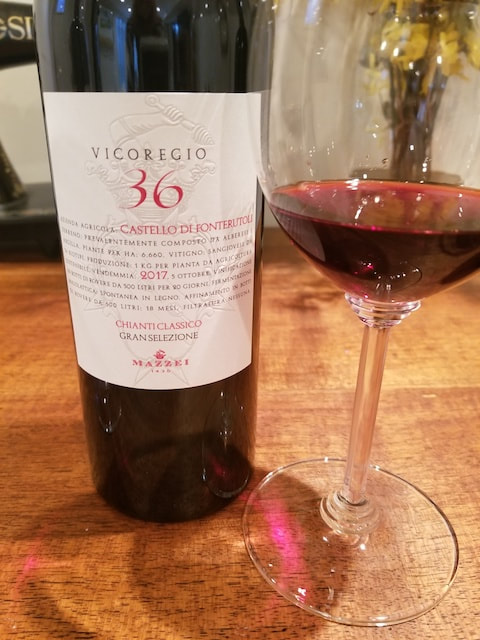
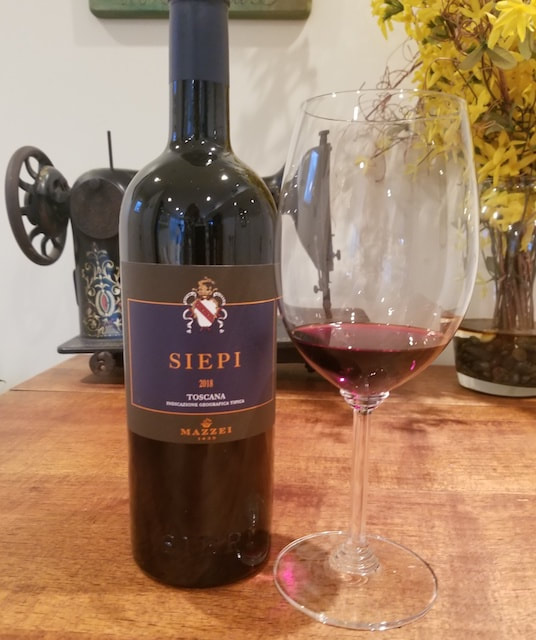

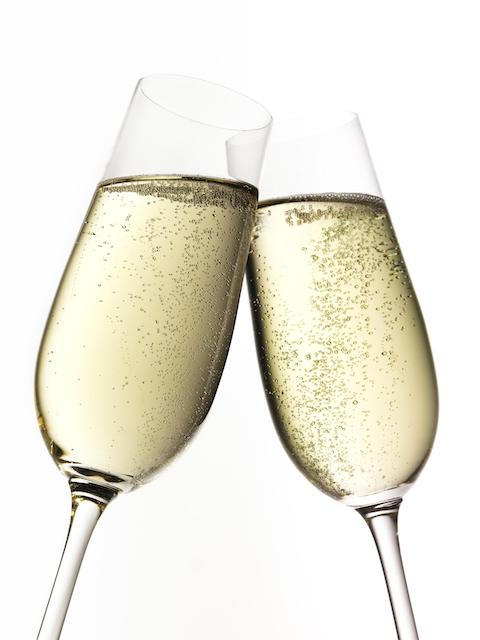


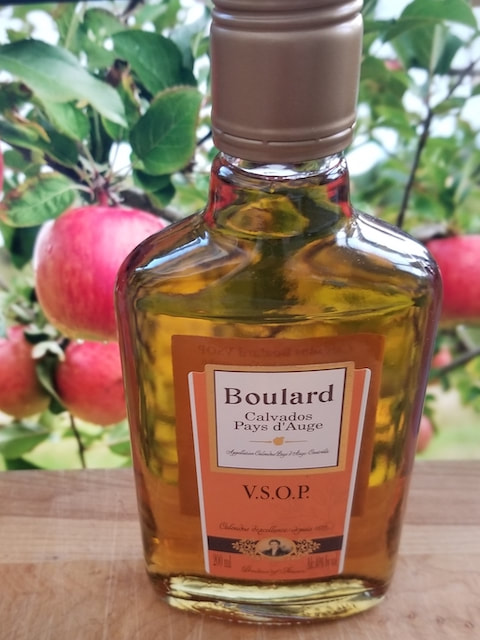
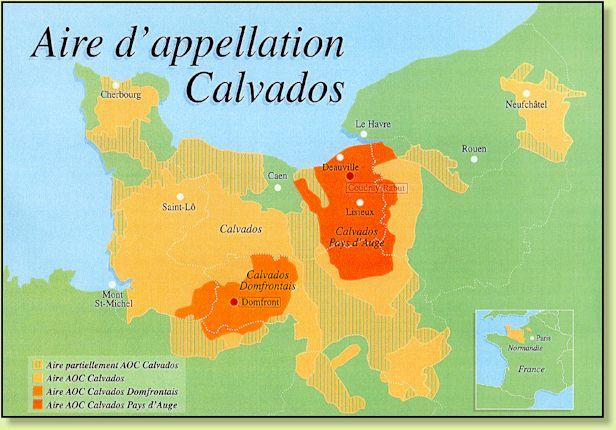
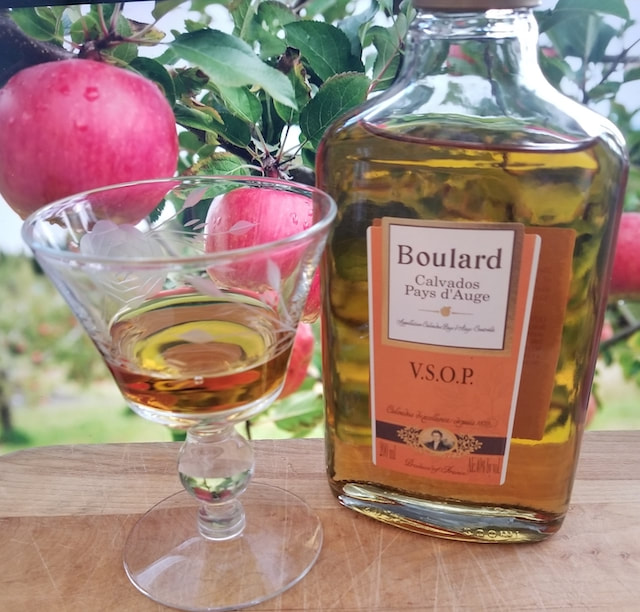
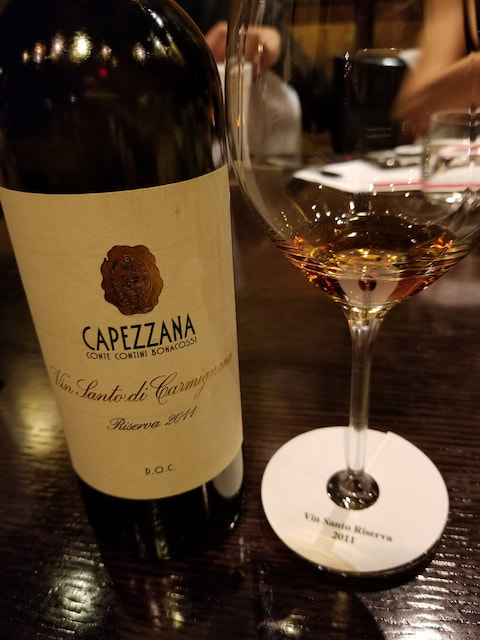
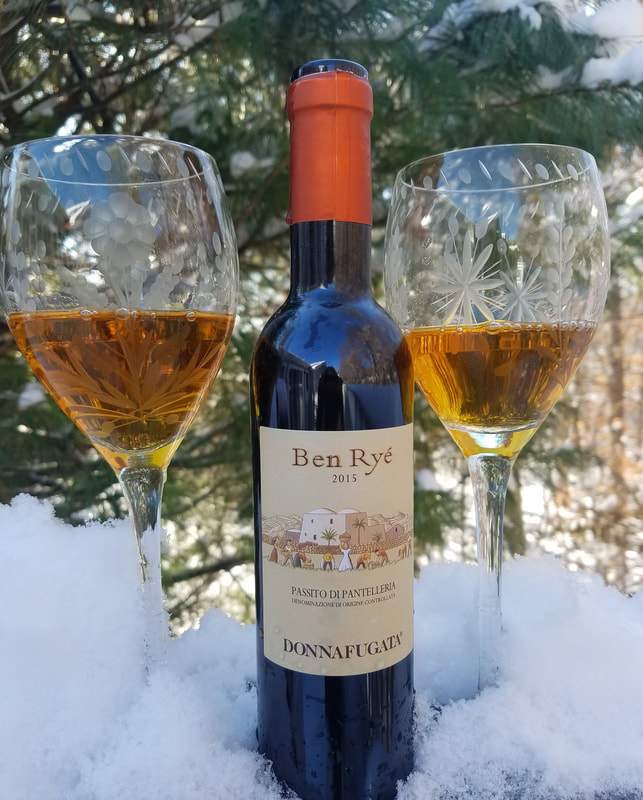
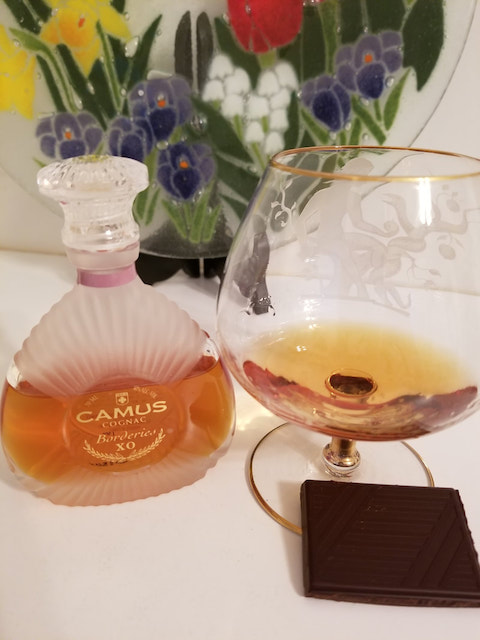
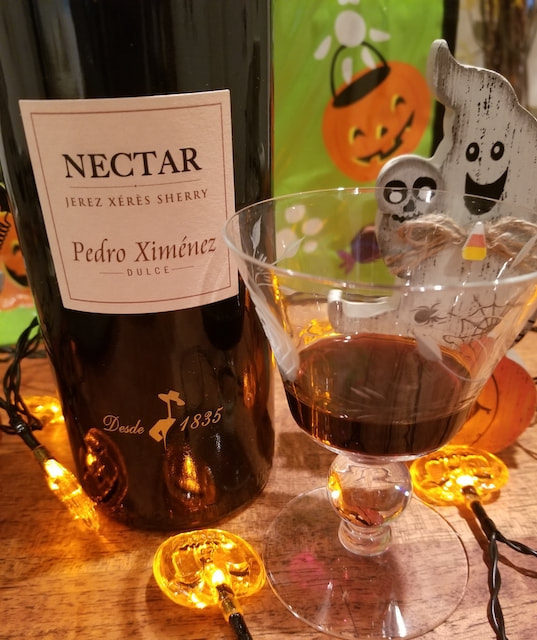
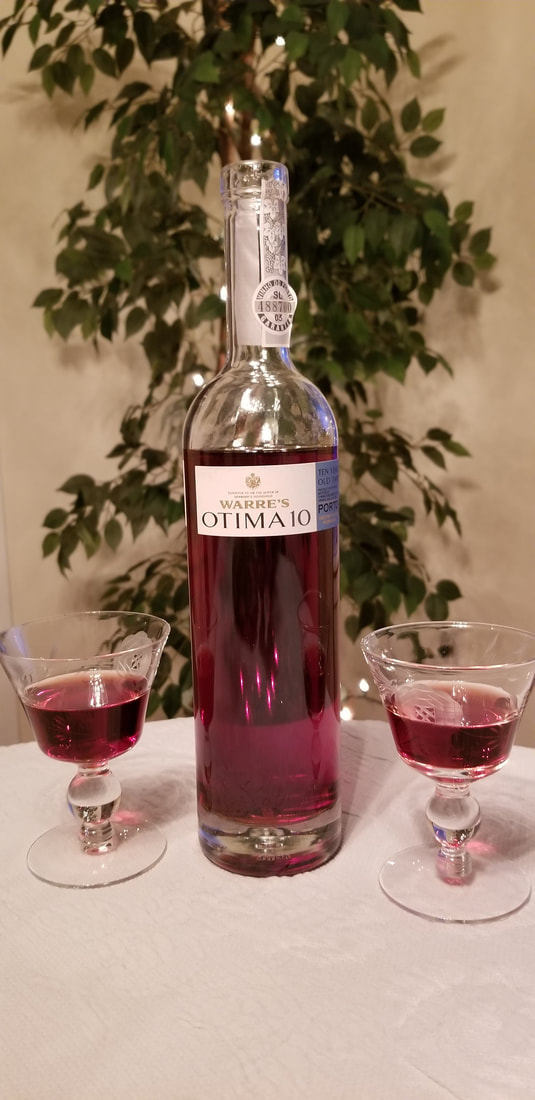
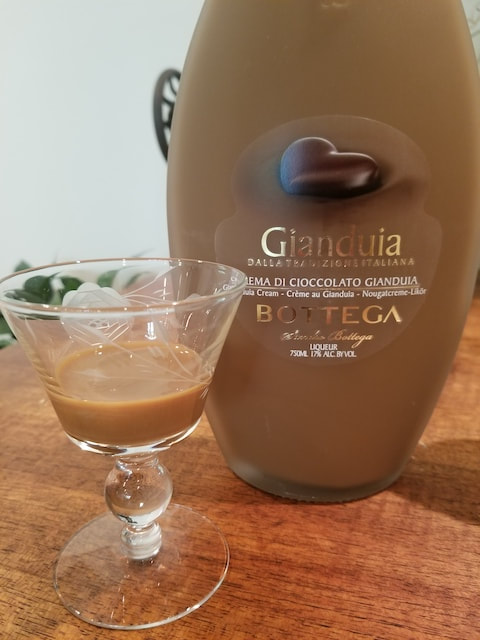
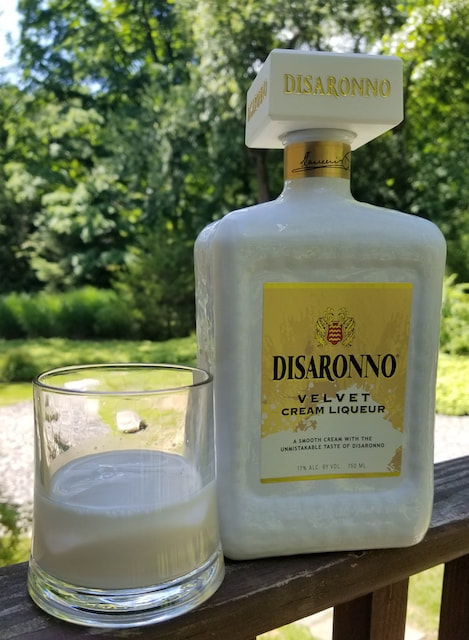
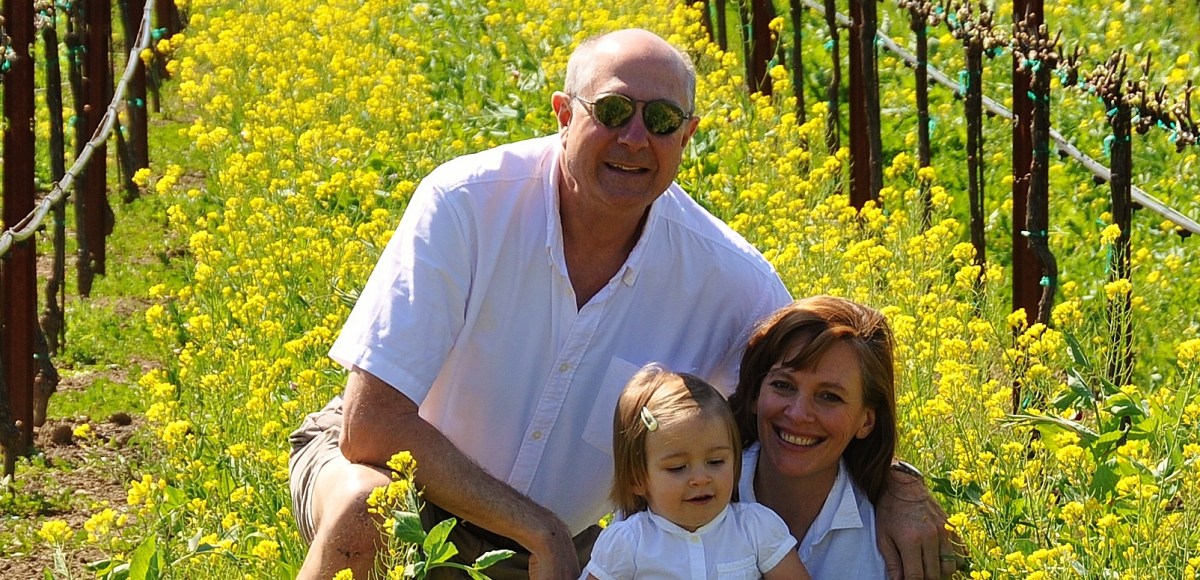
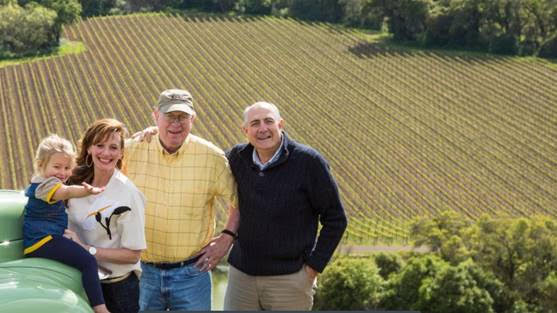
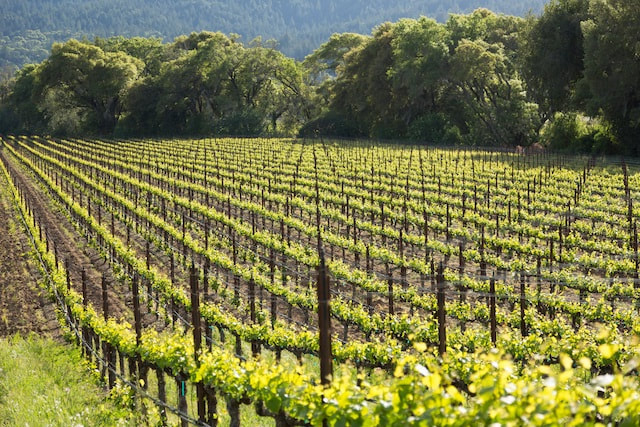
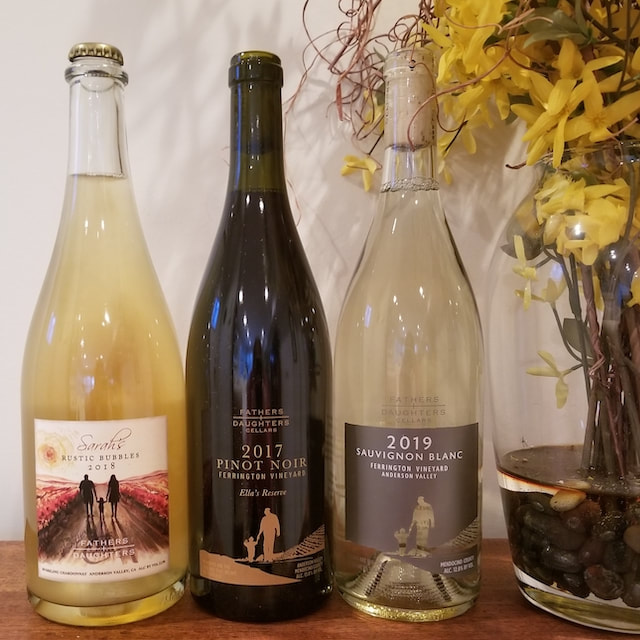
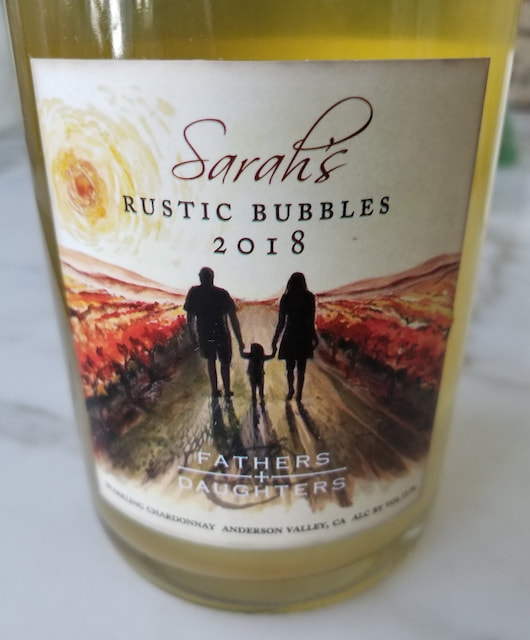
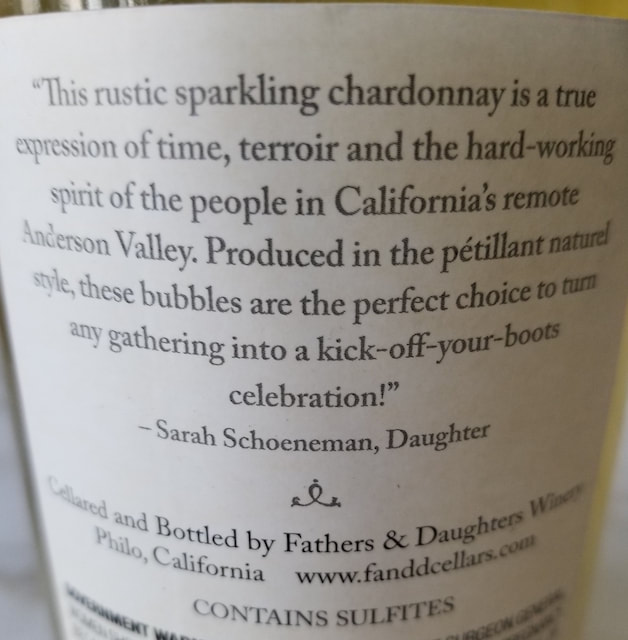
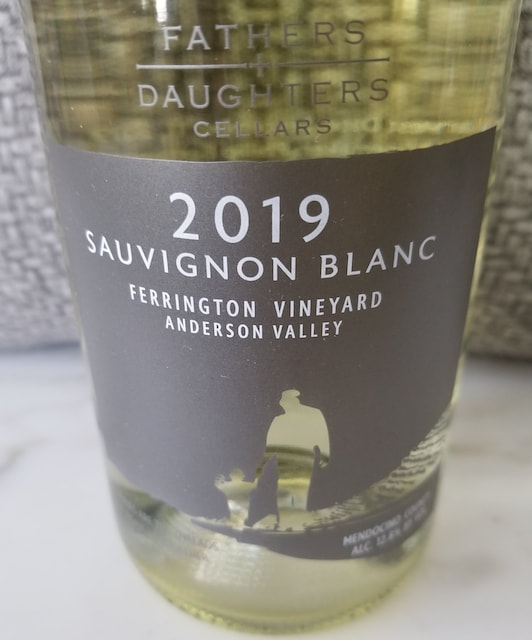
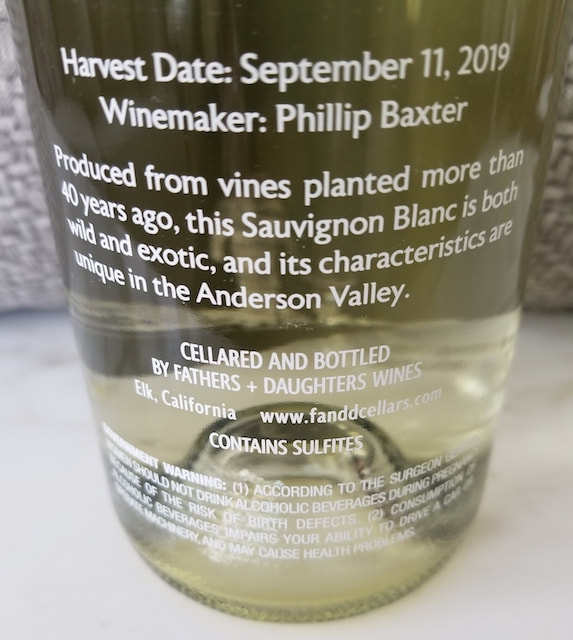
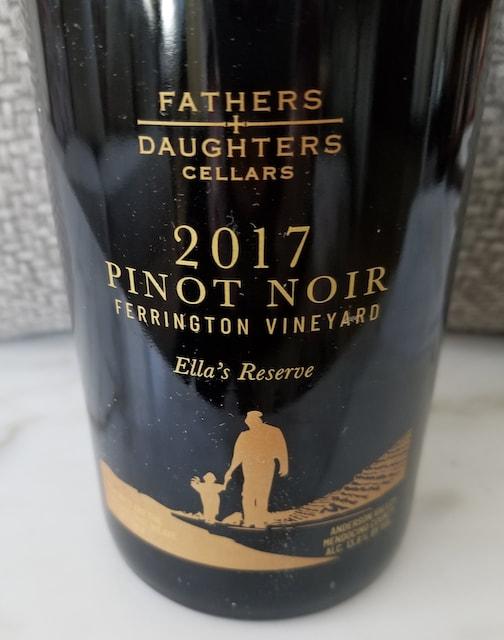
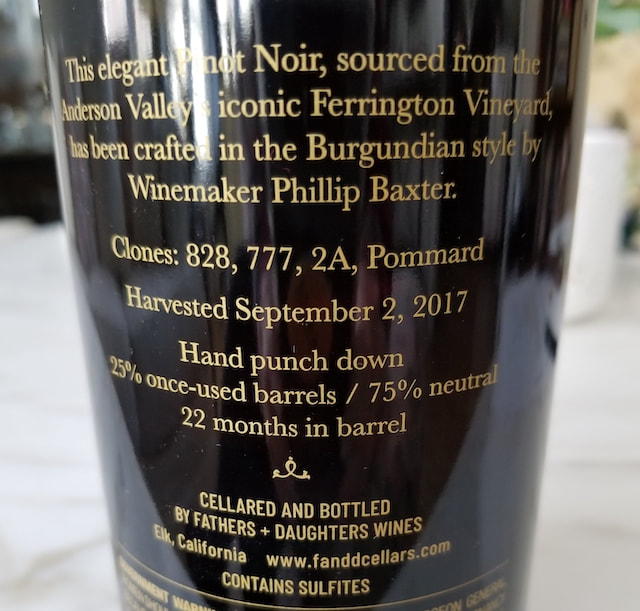
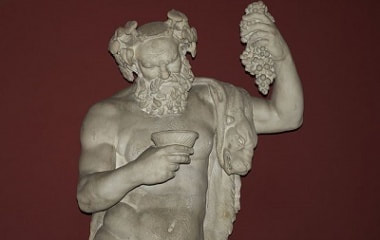
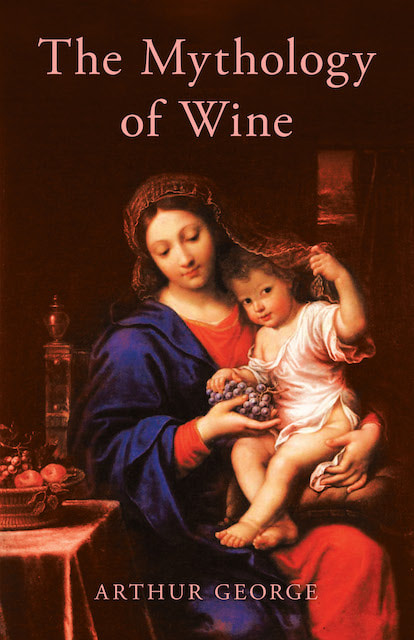
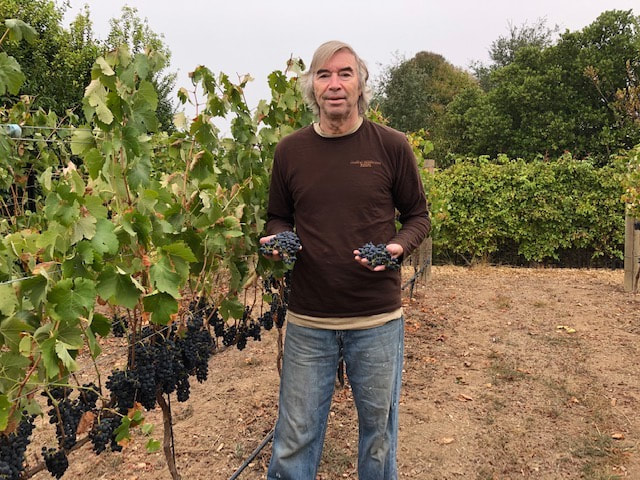
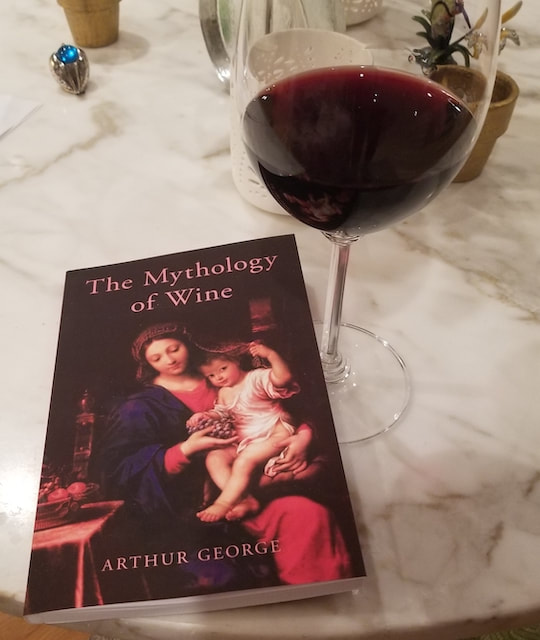
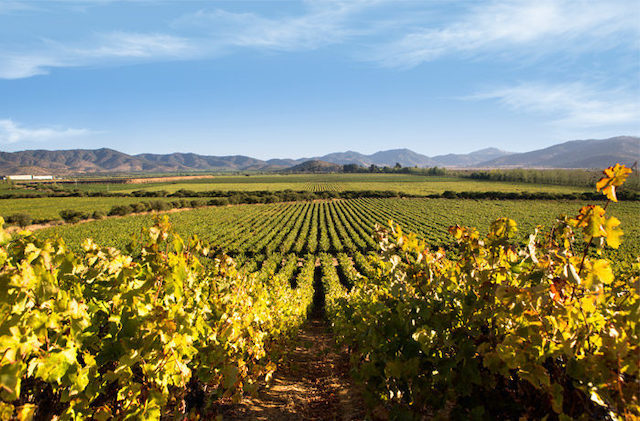
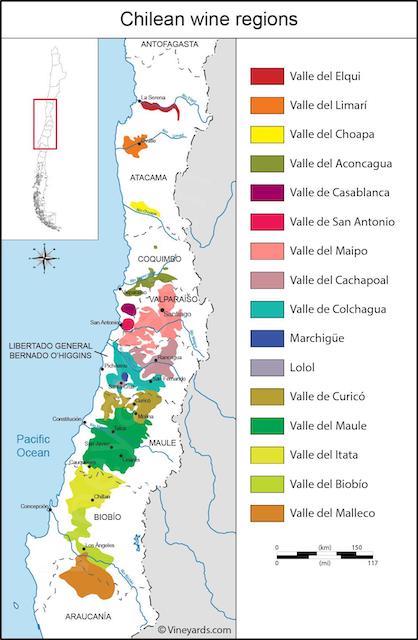
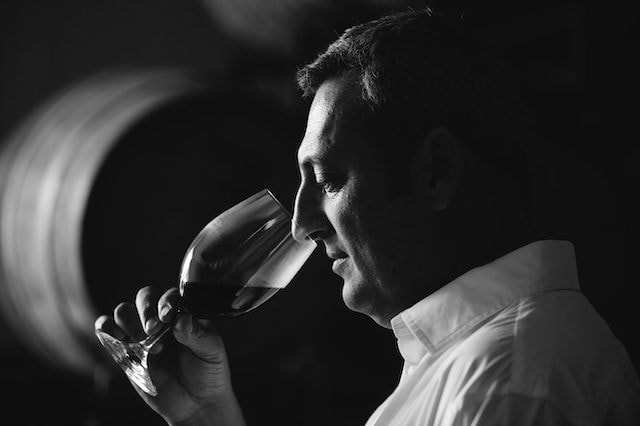
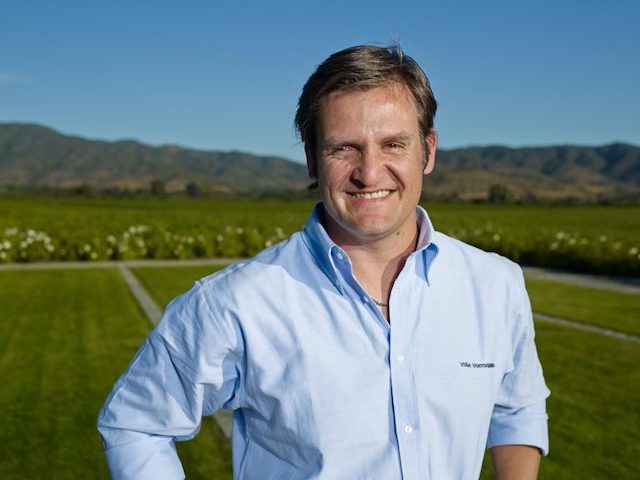
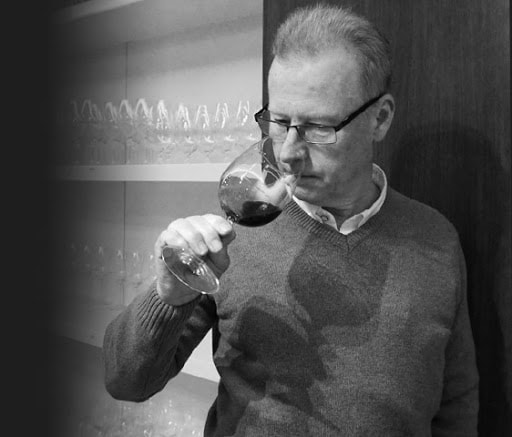
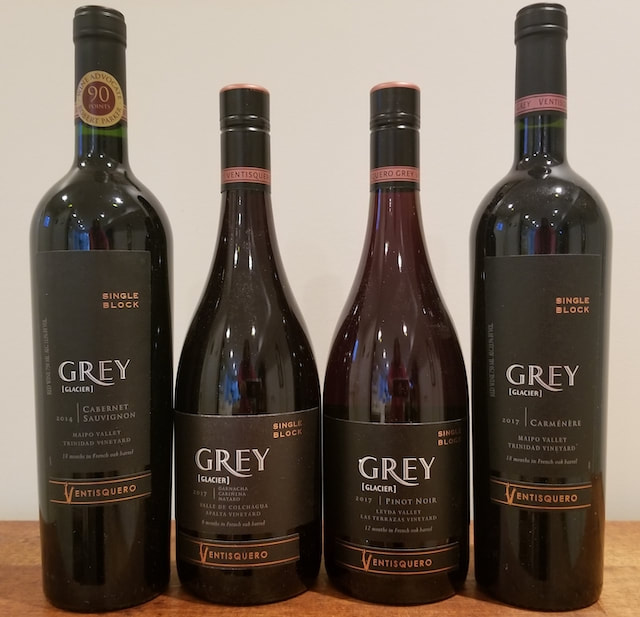
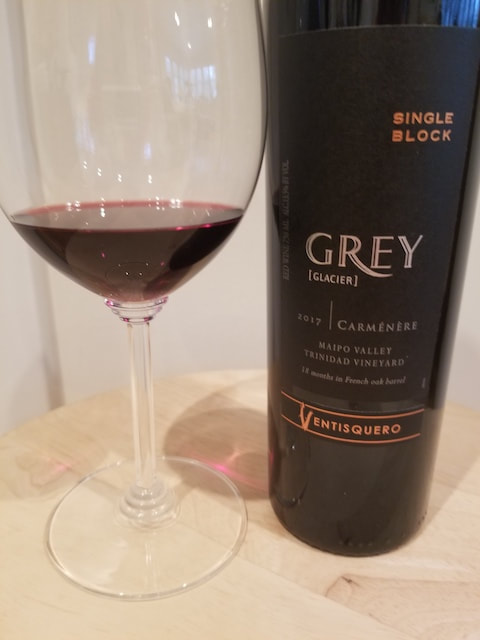
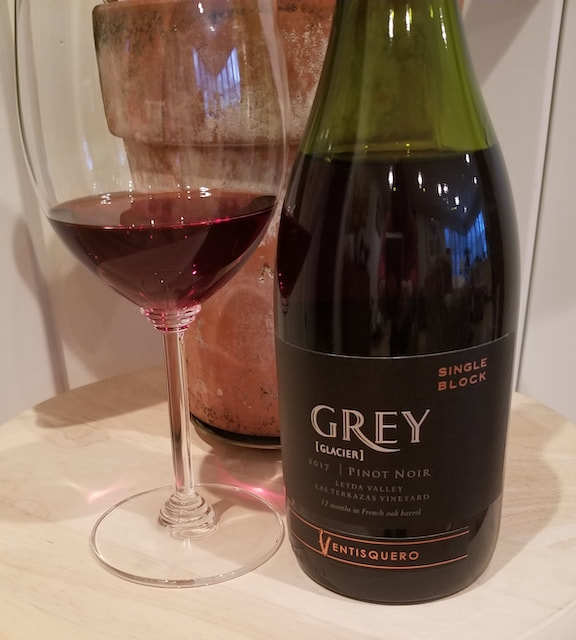
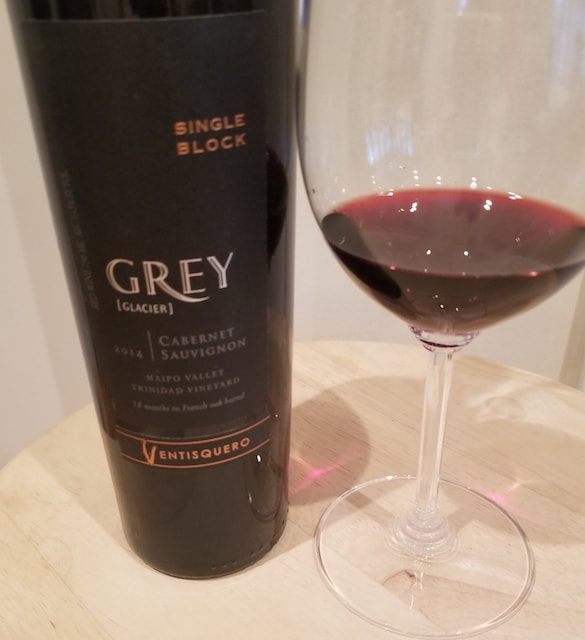
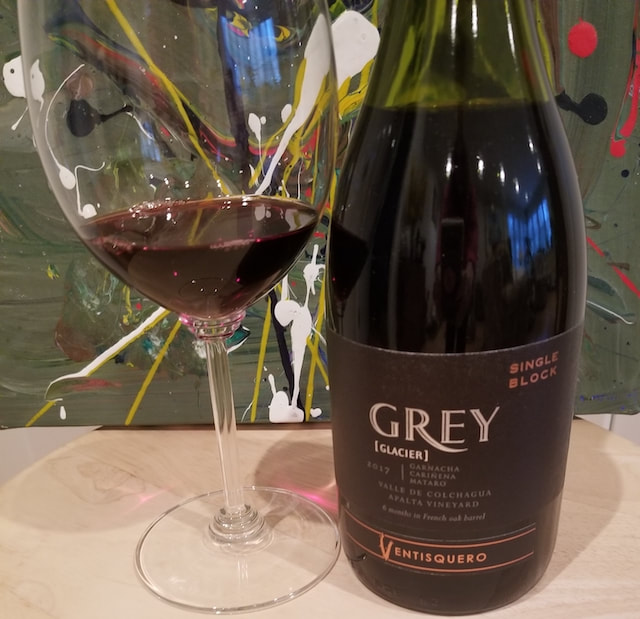
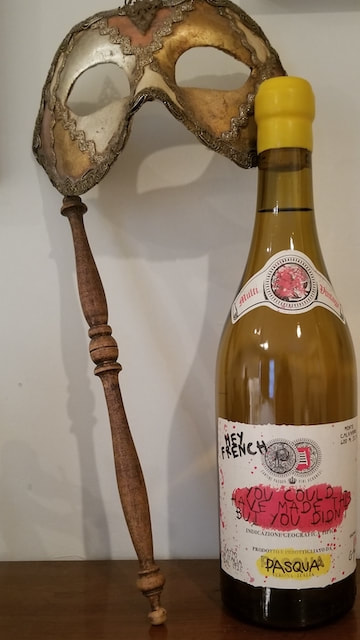
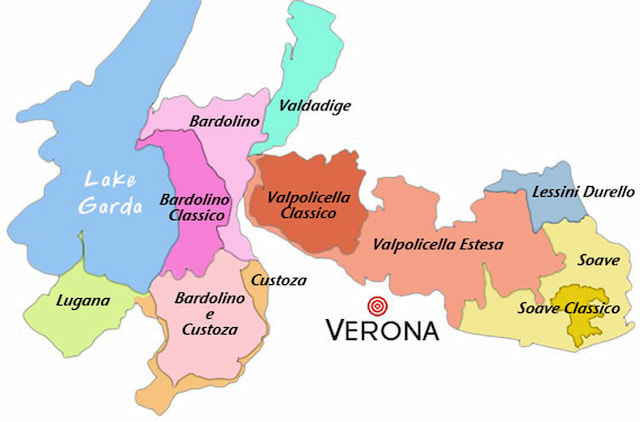
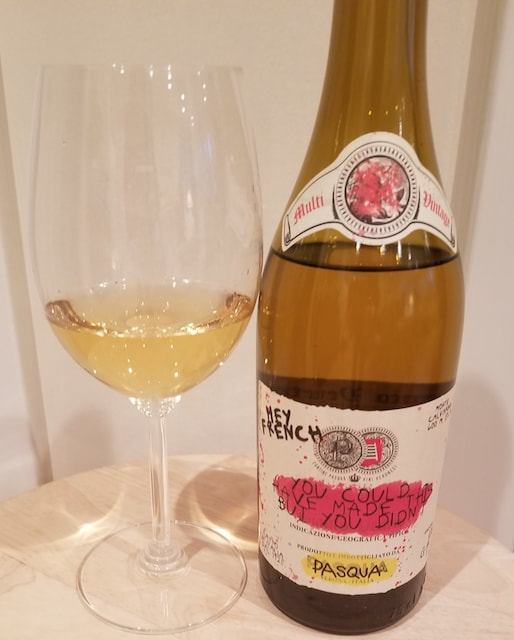
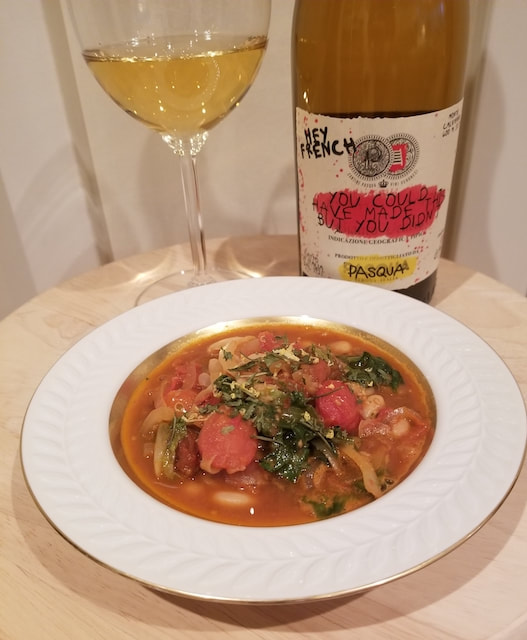
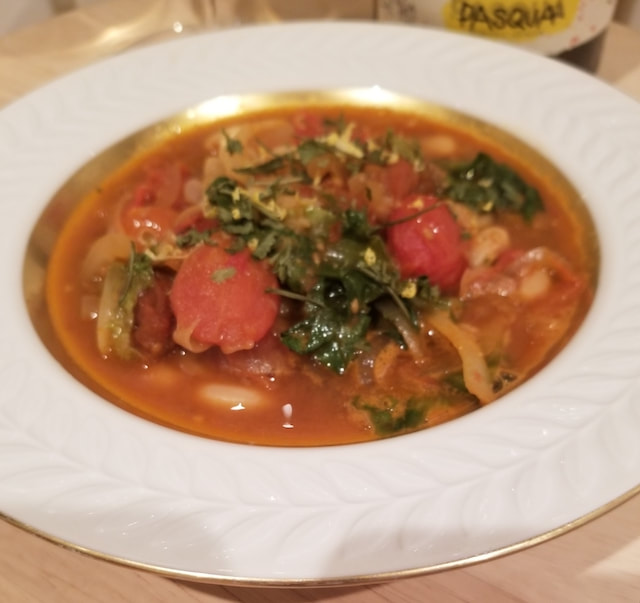

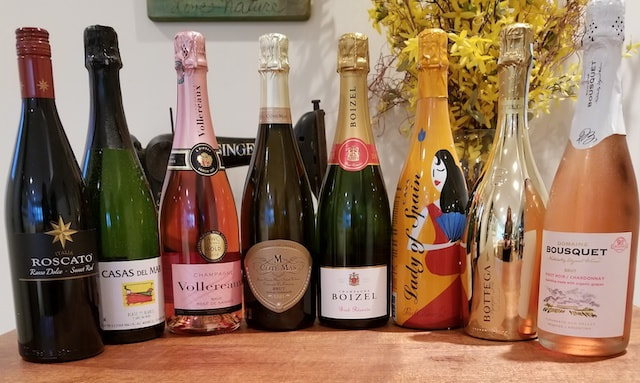
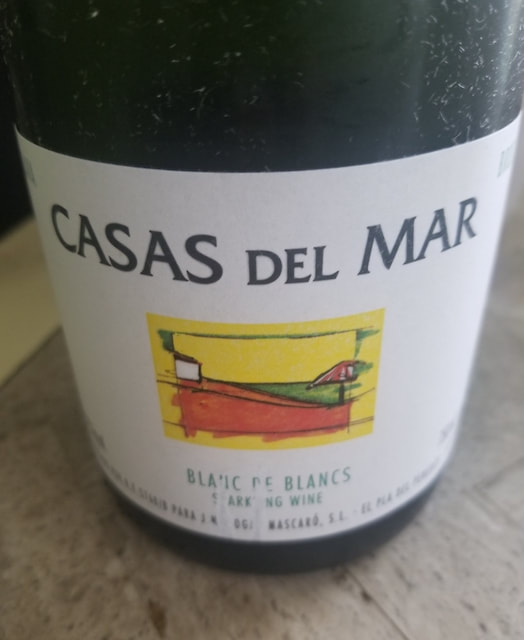
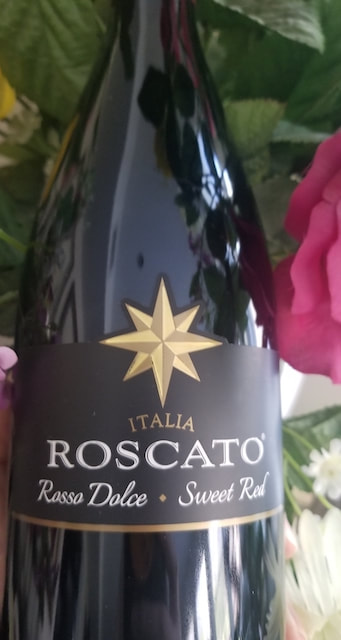
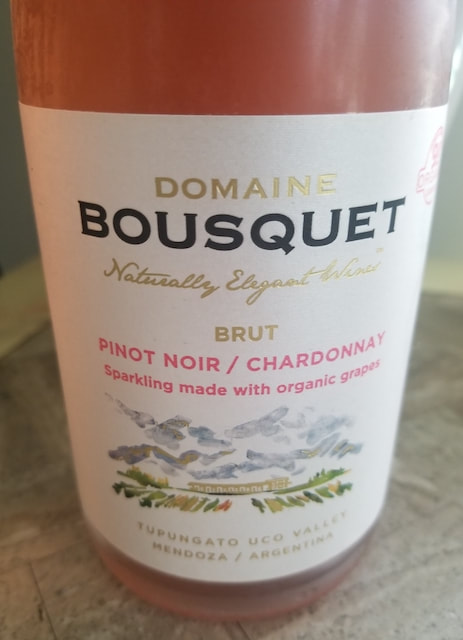
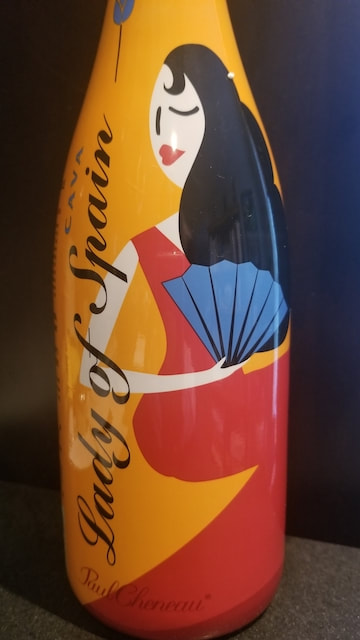
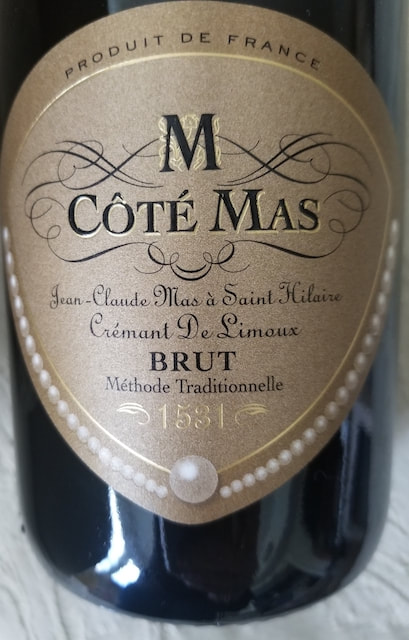
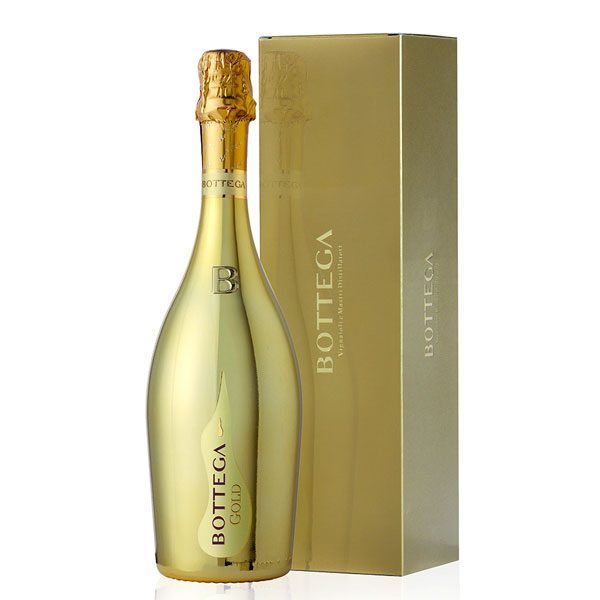
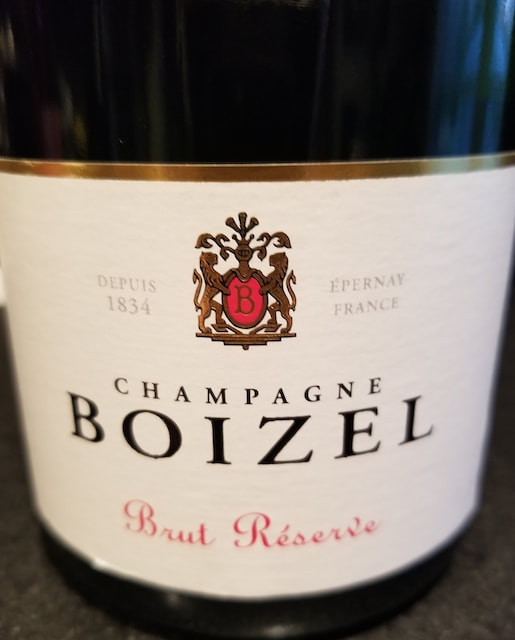
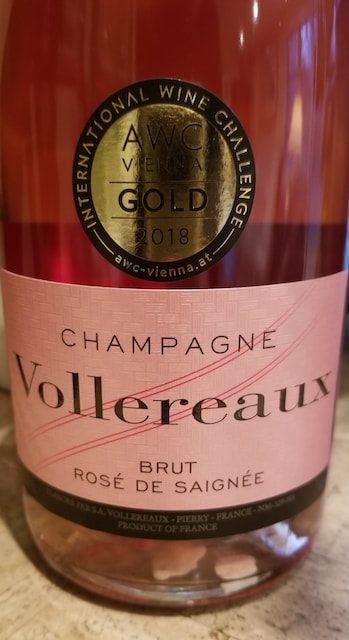
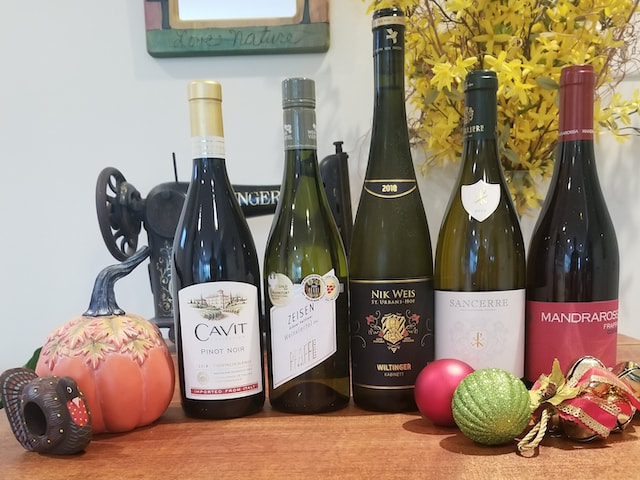
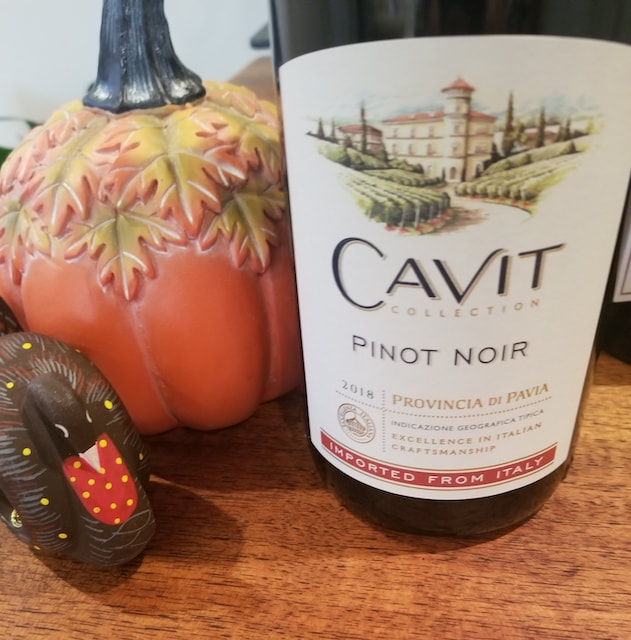
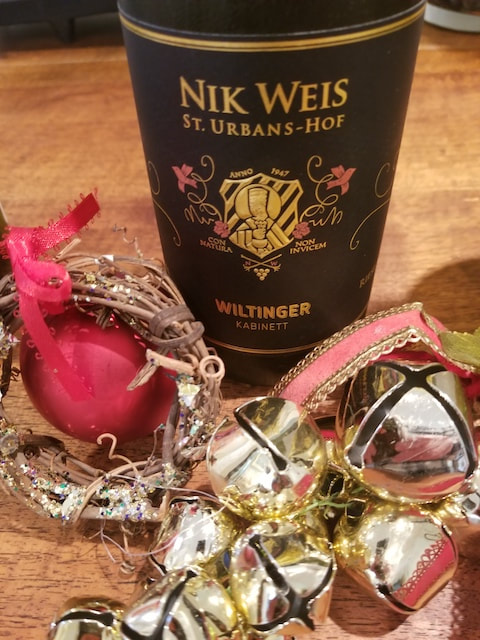
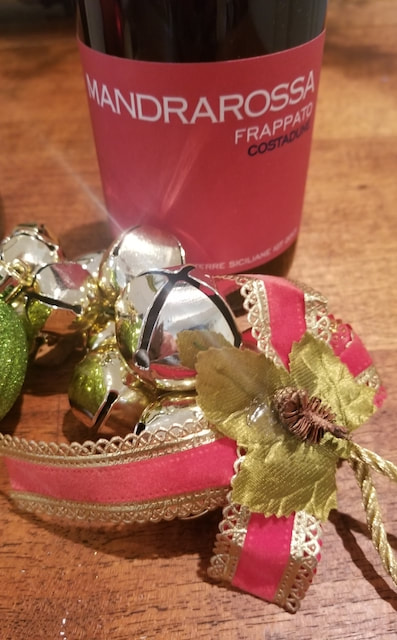
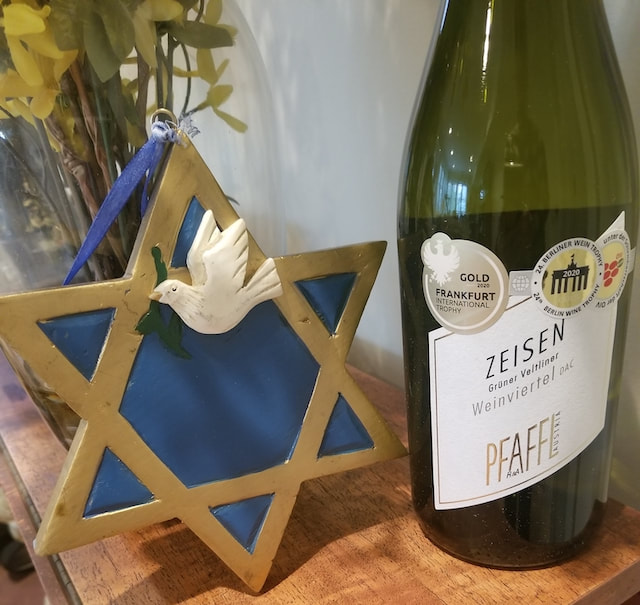
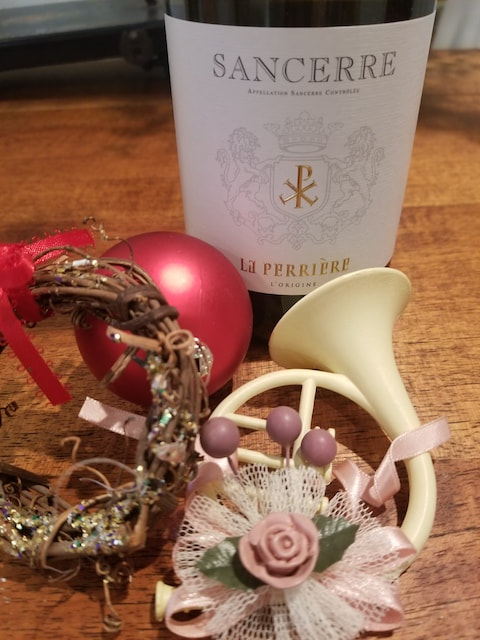
 RSS Feed
RSS Feed